 Abraham Lincoln
If given the truth, the people can be depended upon to meet any national crisis...
Abraham Lincoln
If given the truth, the people can be depended upon to meet any national crisis...
 Guildford news...
for Guildford people, brought to you by Guildford reporters - Guildford's own news service
Guildford news...
for Guildford people, brought to you by Guildford reporters - Guildford's own news service
Birdwatcher’s Diary No.184
Published on: 7 Apr, 2019
Updated on: 7 Apr, 2019
By Malcolm Fincham
I can never refuse a trip to Farlington Marshes near Portsmouth. The chance to visit there on two occasions during March was a real bonus.
It gave me the opportunity to observe some of the subtle changes taking shape along the south coast as the spring equinox approached.
Having added a record shot of a distant spoonbill across the marsh on my first of the two visits, the second visit had to be the most productive in the way of photographs.
Having seen plenty of brent geese early in the month, their numbers had dwindled considerably. Many of the birds there were beginning to “colour-up” into their summer plumages.
Common redshanks seen previously in their dull grey winter colours.
Black-tailed godwits now starting to moult from their winter grey.
Although more colourful in their summer bronze plumage, these feathers provide a cryptic camouflage in the habitats in which the birds nest.
Mediterranean gulls were now looking very smart in their breeding outfits.
Pintail ducks, although now in fewer number, looked rather dapper, ready to depart to their northern breeding grounds.
Along with the wigeon that still remained feeding on the grassy banks, also soon to depart.
Avocets becoming lively. Having seen them there at the start of the month, often motionless out on the main lagoon.
A group of four little egrets were a bit of rumpus as they felt the spring air flowing through their veins.
It also was a joy to watch the acrobatic lapwings, with their slow, irregular wingbeats in flight and their shrill wailing cry.
Other sightings included oystercatchers, seen gathered on the shoreline of a receding tide on my first visit.
The frequent explosive sound of several elusive Cetti’s warblers could be heard on both visits. It wasn’t until the most recent visit that I had the rare fortune of actually photographing one as it perched, partially undercover in a bush, still only just coming into leaf.
I even forgave it for interrupting my lunch break as I sat on the bench by the visitor hut, as it eventually gave itself up and flew out allowing me an in-flight photo.
Back at my local haunt around the Surrey Hills, spring was evolving too. On Thursley Common at least two woodlarks could be heard singing their delightful song. One perching up on a dead branch, crest up, and singing.
While Dartford warblers could be seen and heard as they perched up and posed for my camera.
The sound of a treecreeper alerted me to a dead tree where two could be seen displaying, looking for a place to nest.
A rare visit to Crooksbury Common, a heathland location in Farnham on March 24, with Bob and Dougal, we noted a palmate newt had come out of hibernation. Unlike smooth newts, they have more of a preference for ponds on acidic soils, found on heathland.
Palmate newt males have a filament at the tip of the tail and develop webbing on their back feet, neither of which are present in smooth newts.
The warming sunshine had brought a few butterflies out on the wing too, mostly brimstones.
Although a few peacock butterflies could be seen there too.
Even adding a photo of a comma butterfly to this year’s sightings.
A coal tit could be seen, collecting moss to line its nest.
Dartford warblers were in good voice here too. Adding a few photos of them to the day’s photos.
However, the woodlark heard and briefly seen in flight there, eluded my camera lens.
Moving on to Frensham Great Pond, we were eventually able to pick out the female ring-necked duck, sleeping for the most part, among a group of tufted ducks.
During the last week or so of March, treecreepers had become notably vocal, especially along the towpath at the Riverside Nature Reserve, near Burpham. Attempts of attracting a partner seemed quite successful as I watched a pair interacting in the trees bordering the River Wey.
Nuthatches could also be heard calling.
A dunnock was also in good voice by Stoke Lock.
A few common snipe were still present.
And a few teal could still be seen, lingering.
While a pair of Egyptian geese had appeared to have taken up residence, in an owl box, across the “scrape”.
A pair of mute swans flew overhead.
And a group of four male mallard ducks took chase of a female, continually circling overhead with just one thing on their minds.
Long-tailed tits had paired up and were busy nest building.
While at least four or five chiffchaffs could be heard in full song.
As the month began to draw to a close, blackthorn was coming to the end of its flowering along the edge of the field at the southern end of the lake, and was now turning to leaf.
Springtime activities were taking place on Stoke Lake. What had been two resident great crested grebes seen there, had, on the afternoon of March 26, increased to five. Not able to recall having seen so many on the lake, I became absorbed in watching them.
Two of the pairs were showing signs of their renown mating rituals.
Sadly, the fifth one was playing “gooseberry”, interrupting their display, finding itself being chased from one end of the lake to the other.
Later that day as the evening sun was setting and the light began to fade, I noticed a bird of prey perched on one of the pylons closest to Stoke Lock. On closer viewing, I soon recognised it to be a peregrine falcon.
As the light continued to transform into darkness it took flight, heading west. “Perhaps one of the Woking pair?’ I thought to myself, as it headed in the said direction.
On March 28 I had the pleasure of catching passing views of my first male orange-tip butterfly of the year while on my travels around Wonersh, just south of Guildford.
Also seeing that day my first holly blue butterfly. Although not getting photos of either, I was able to note their pristine condition.
Reports had started to come through of summer visiting birds arriving on our shores. It wasn’t until the last day of the month that I was able to get a picture of my first true African migrant, a wheatear – see further on in this report.
It was while on a Sunday afternoon walk around Staines Moor with Bob and Dougal.
Having already heard a blackcap in song more than a week before, I was at last able to photograph one of at least four singing that day.
Groups of linnets were very vocal too, feeding on the moorland grass, taking flight as we approached them.
Several skylarks rose up into the sky, singing their melodic songs.
While meadow pipits were in good numbers there.
Along the River Colne that runs though the moorland, we even managed to pick out a water pipit on the shallow water.
It wasn’t long before the keen eyes of Bob picked out at least two wheatears, newly returned from their winter stay in Africa. On closer inspection we were able to pick out at least three, all males as they perched upright in various poses.
On our walk back to the car we stopped to listen to a little owl calling, though remaining hidden from our view.
Around one of the nearby reservoirs, just the other side of the tall railings where sheep are kept to keep the grass short on their steep banks, a few newly born spring lambs could be seen.
Some were suckling and a few had only just been born. Several red kites, enticed by their afterbirth, could be seen circling low over our heads.
Recent Articles
- Dragon Interview: Council Leader on the Latest HRA Report
- Stage Dragon: Murder on the Orient Express – Yvonne Arnaud Theatre
- Letter: GBC Improvement Work Was Hampered By Its Culture
- Letter: Half and Half is the Solution for Clandon House
- Camberley’s House of Fraser To Be Left Mothballed
- HRA Report Shows Overspend and Possible Fraud Occurred Despite Many Warnings
- Letter: Those in Elected Office Should Refrain from Deliberately Misleading the Public
- Cup Run Ends After City Fade in Second Half
- Press Regulator Condemns Behaviour of News Group Newspapers
- MP Says Raw Sewage Flooding Gardens Is ‘Absolutely Disgusting’ – ‘Thames Water Must Stop It’


Search in Site
Media Gallery
Dragon Interview: Local Artist Leaves Her Mark At One of England’s Most Historic Buildings
January 21, 2023 / No Comment / Read MoreDragon Interview: Lib Dem Planning Chair: ‘Current Policy Doesn’t Work for Local People’
January 19, 2023 / No Comment / Read MoreA3 Tunnel in Guildford ‘Necessary’ for New Homes, Says Guildford’s MP
January 10, 2023 / No Comment / Read More‘Madness’ for London Road Scheme to Go Ahead Against ‘Huge Opposition’, Says SCC Leader
January 6, 2023 / No Comment / Read MoreCouncillor’s Son Starts Campaign for More Consultation on North Street Plan
December 30, 2022 / No Comment / Read MoreCounty Council Climbs Down Over London Road Works – Further ‘Engagement’ Period Announced
December 14, 2022 / No Comment / Read MoreDragon Interview: GBC Reaction to the Government’s Expected Decision to Relax Housing Targets
December 7, 2022 / No Comment / Read MoreHow Can Our Town Centre Businesses Recover? Watch the Shop Front Debate
May 18, 2020 / No Comment / Read More




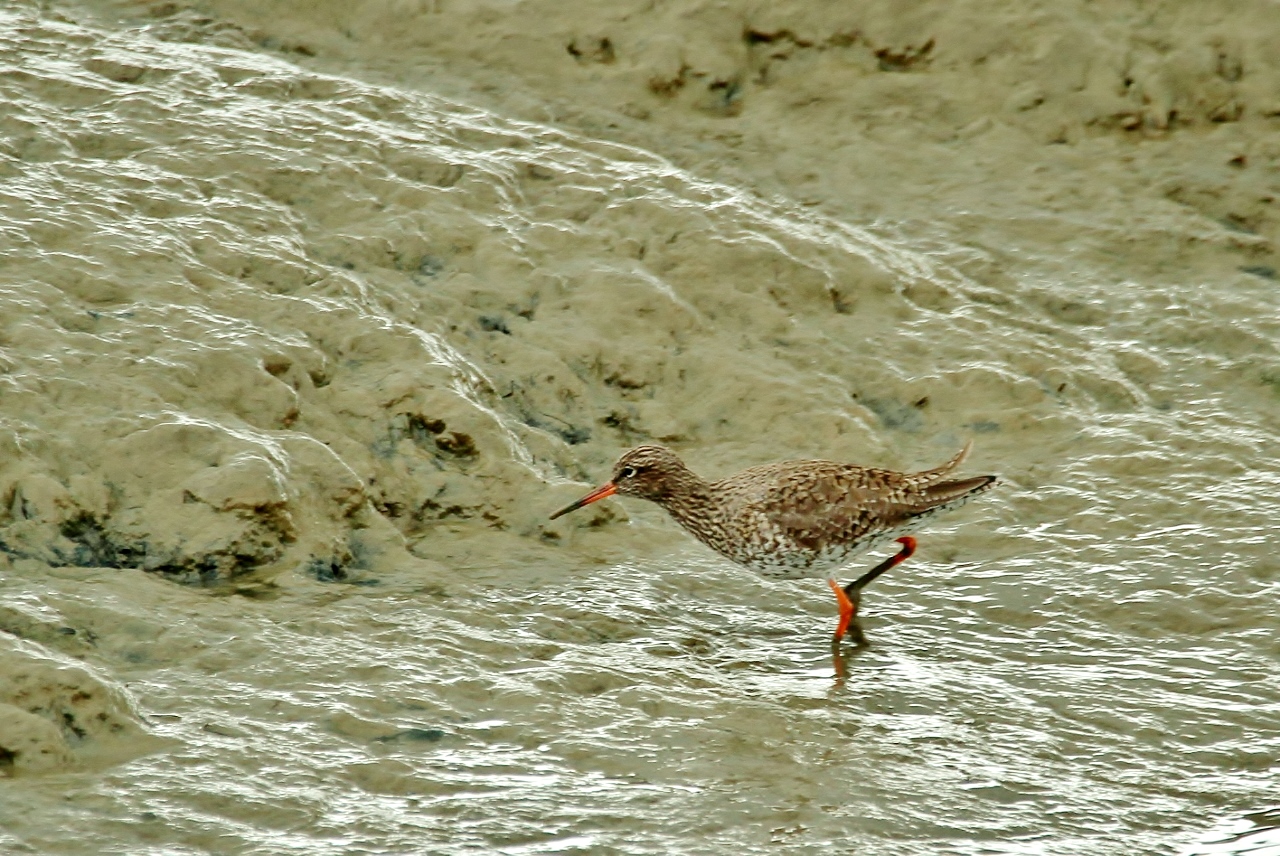
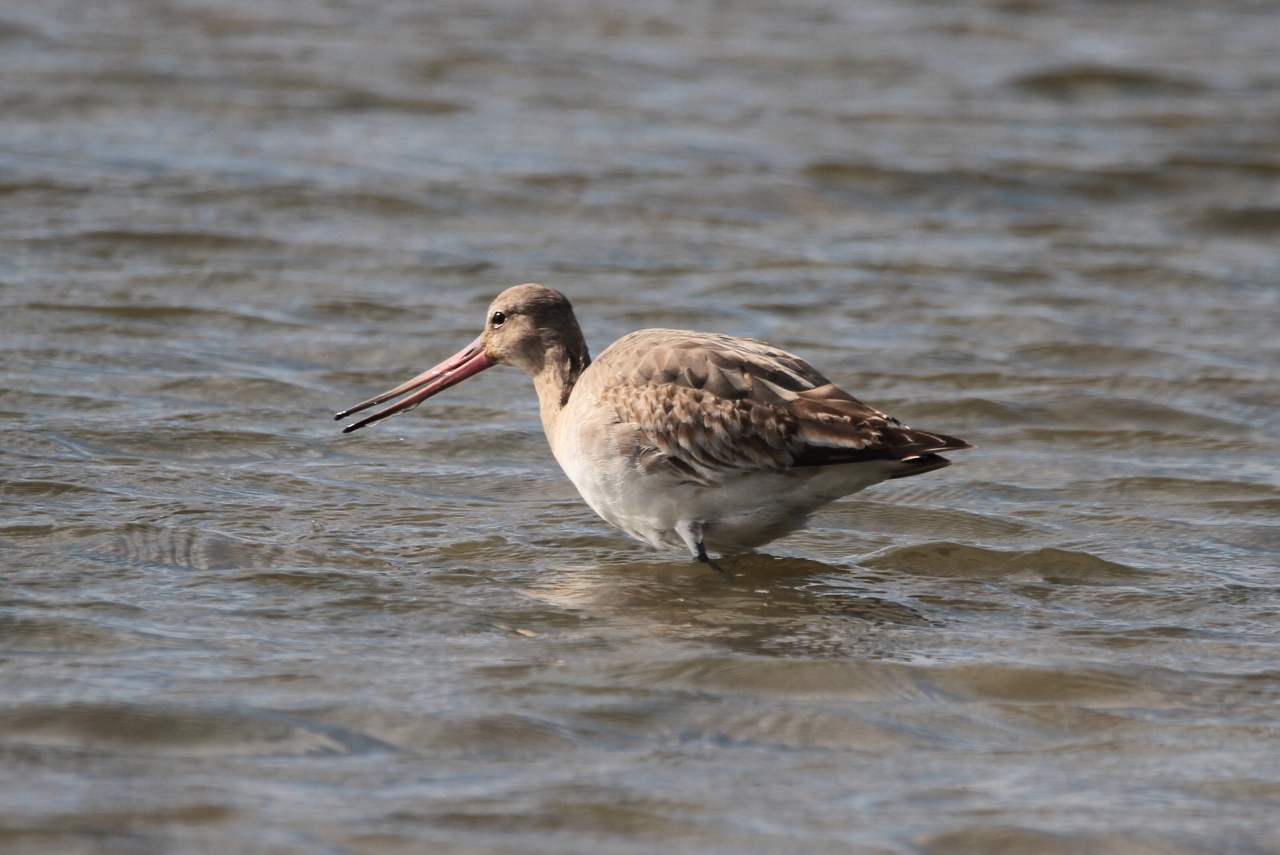
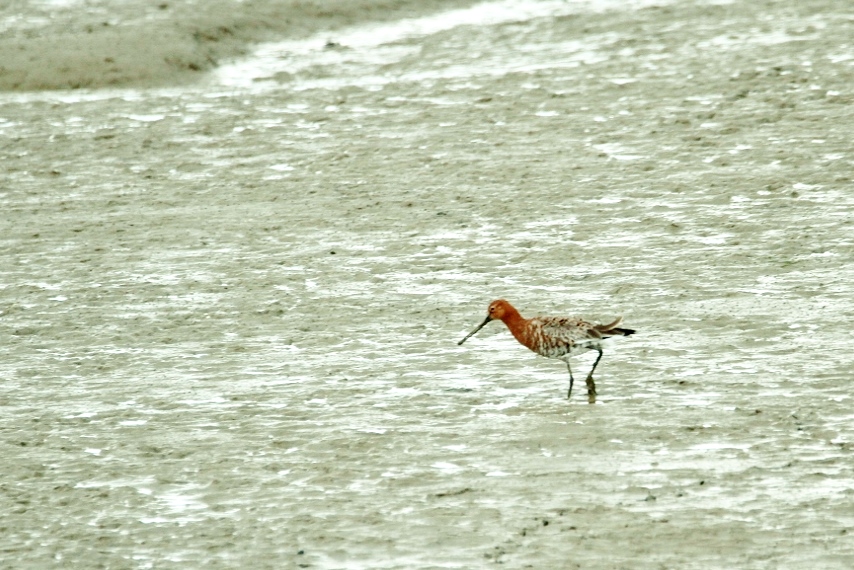
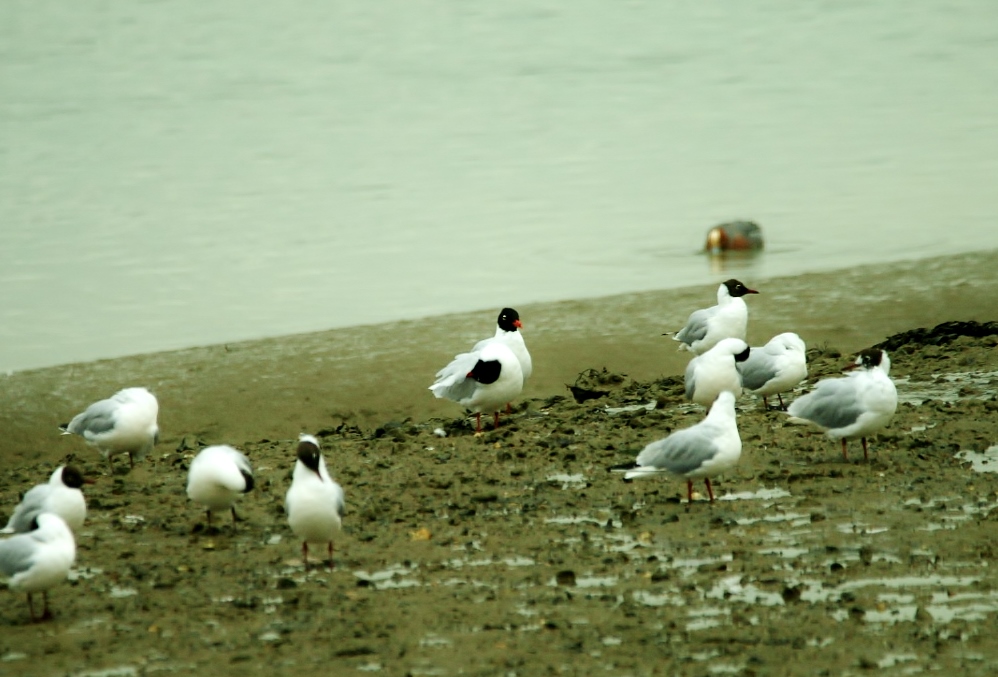

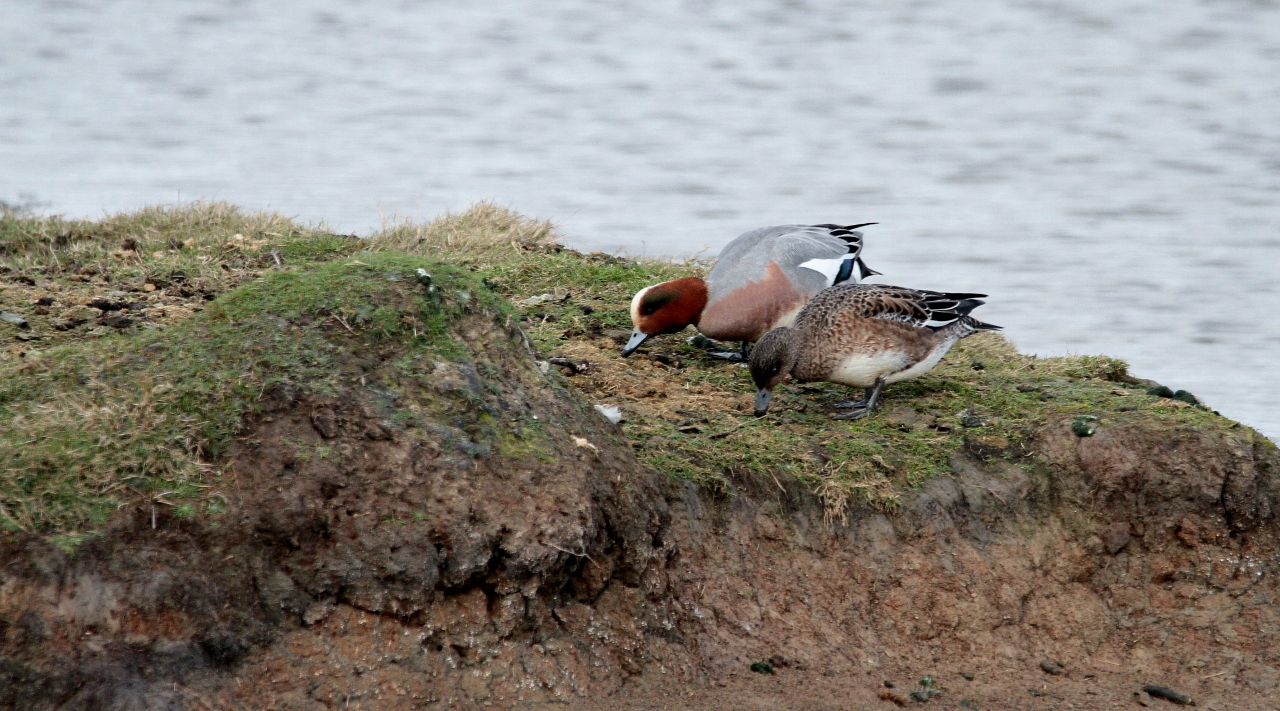
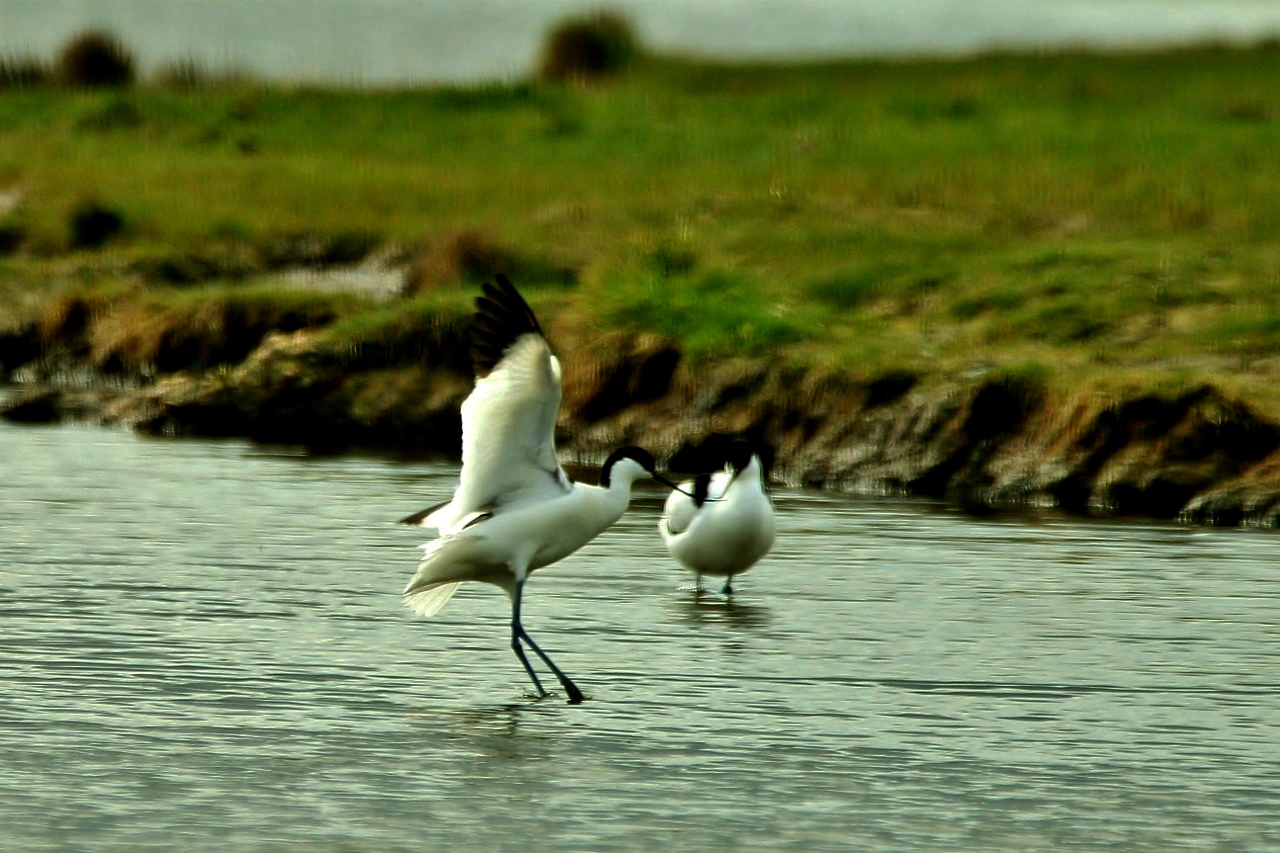
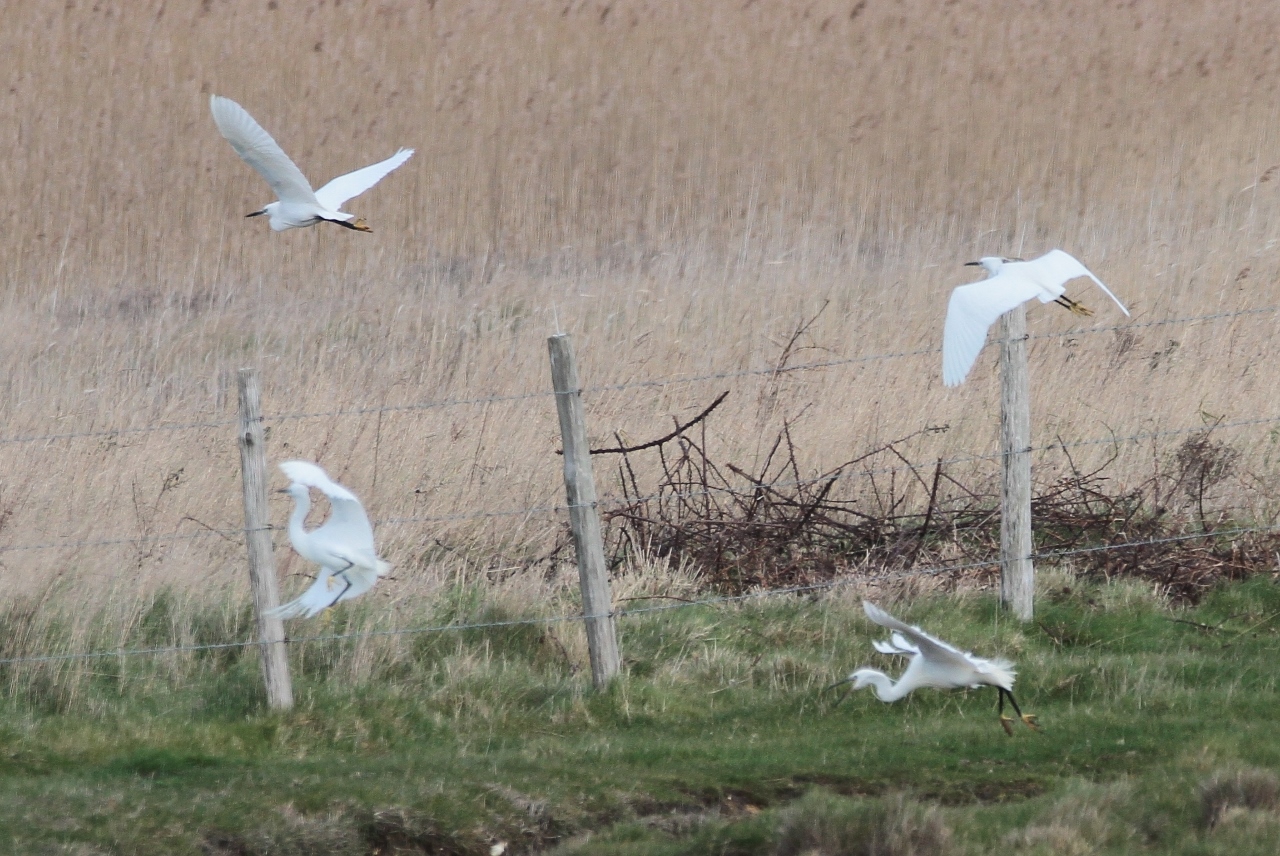
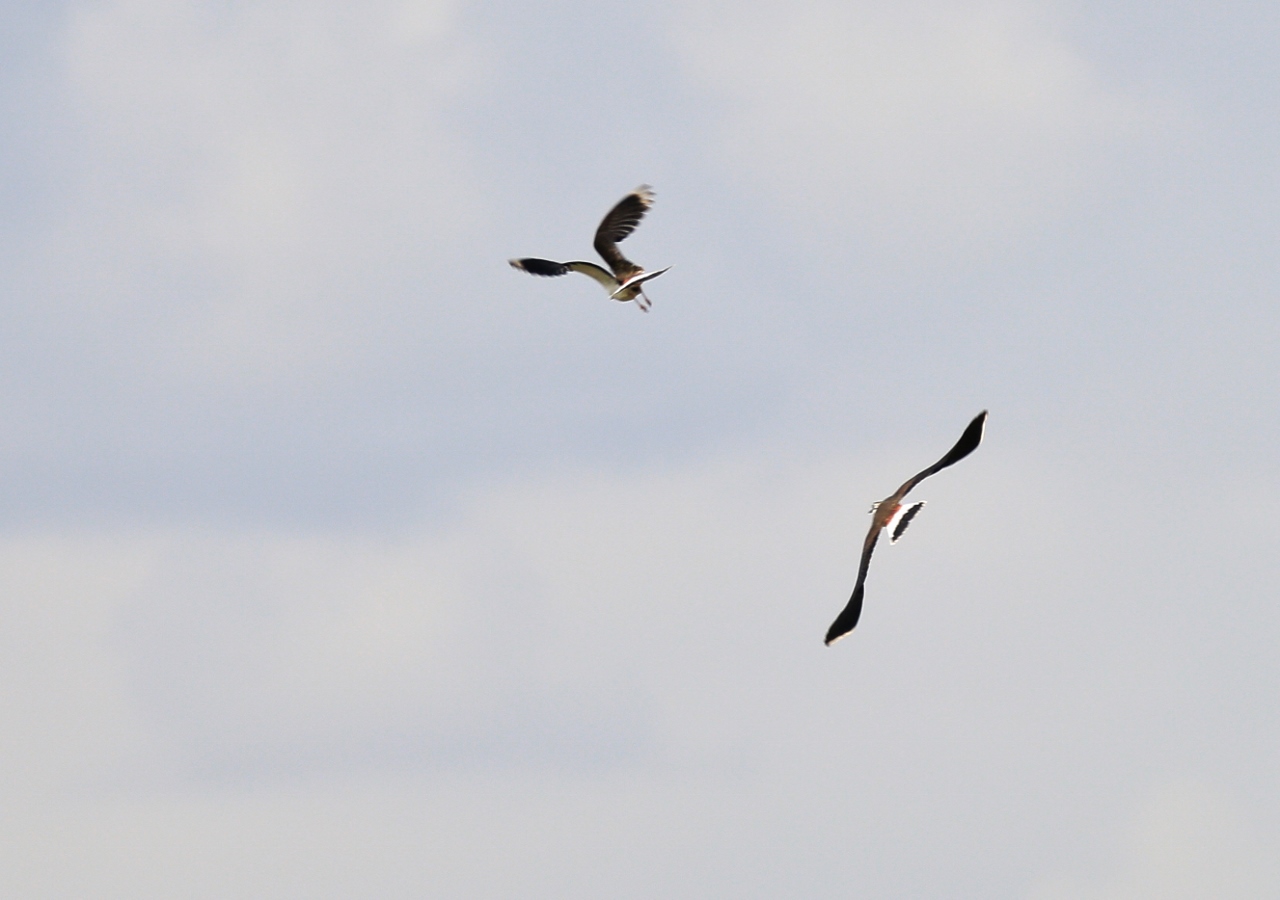
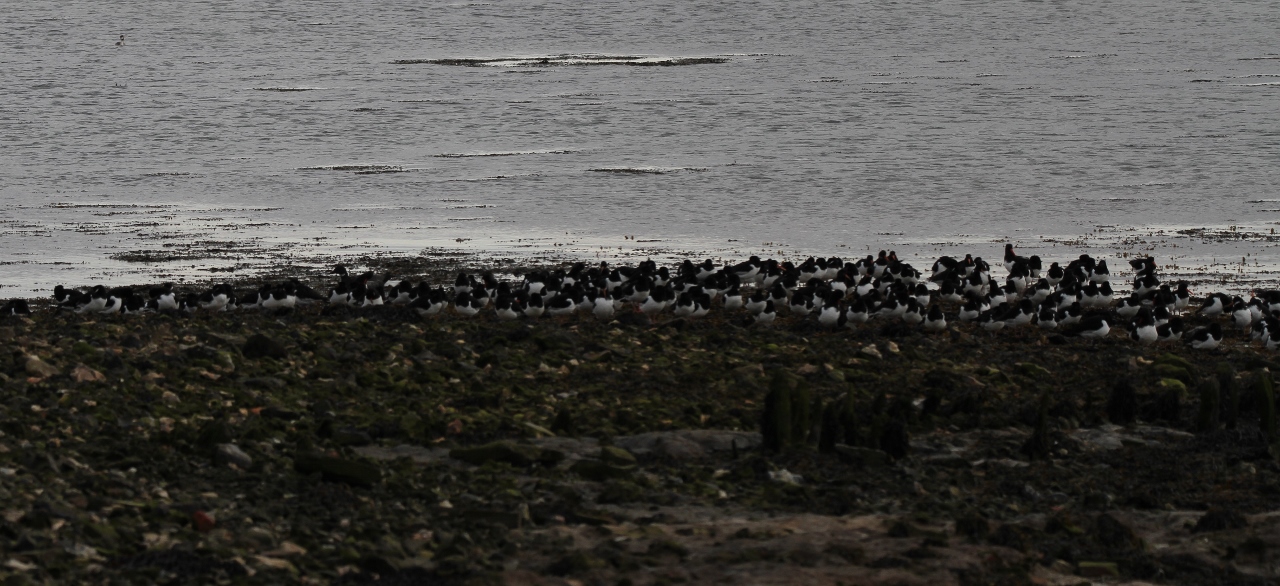
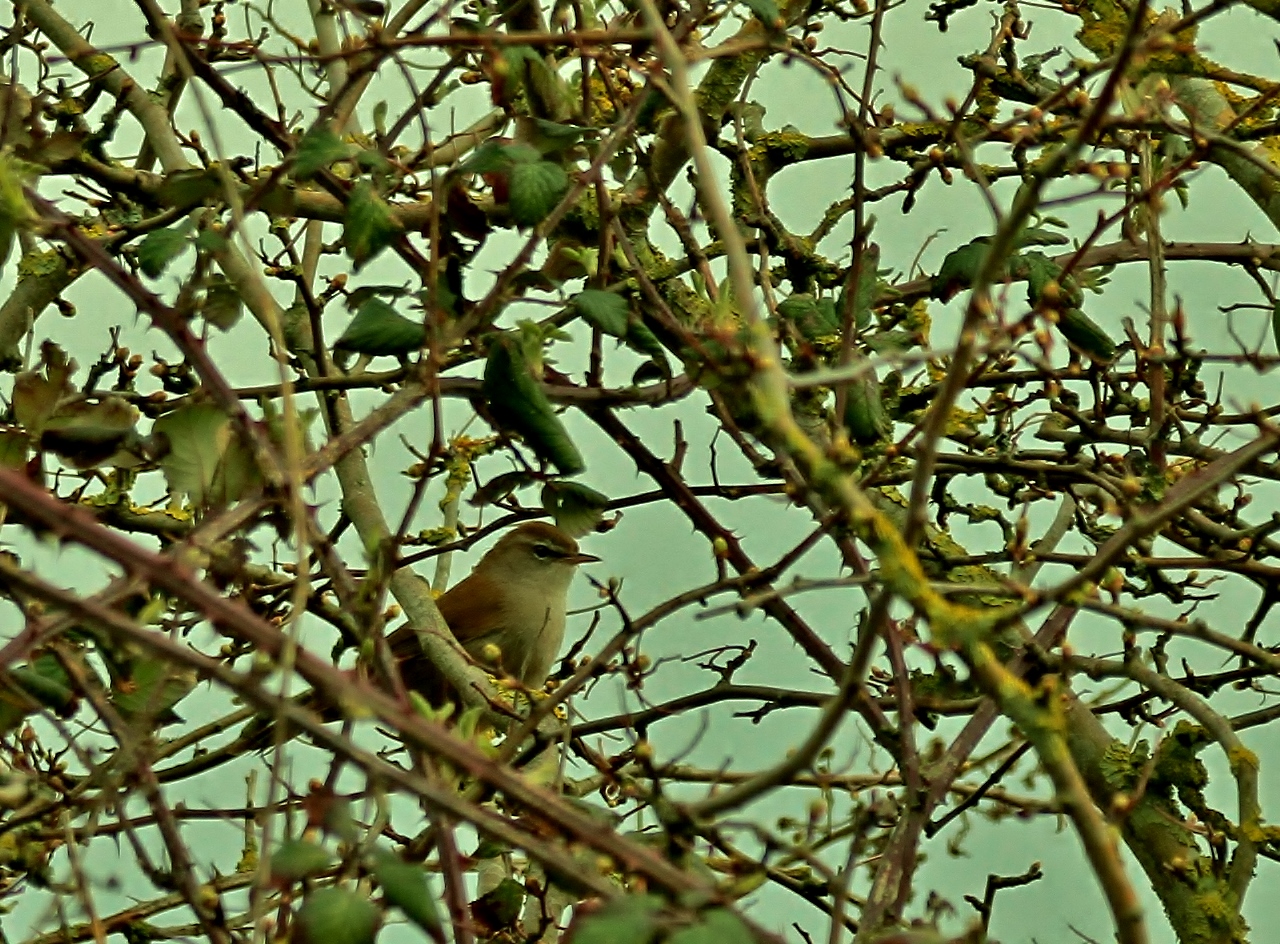

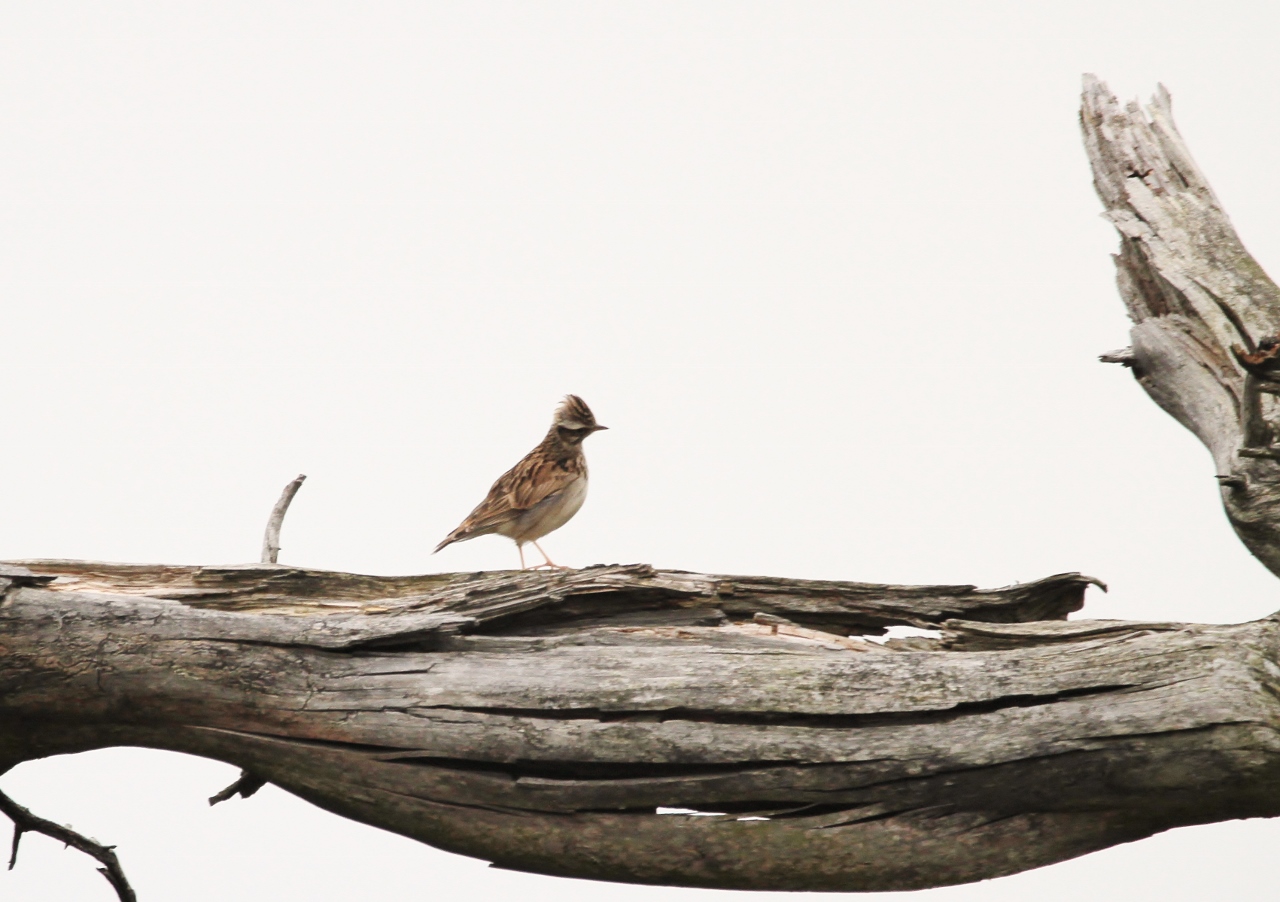
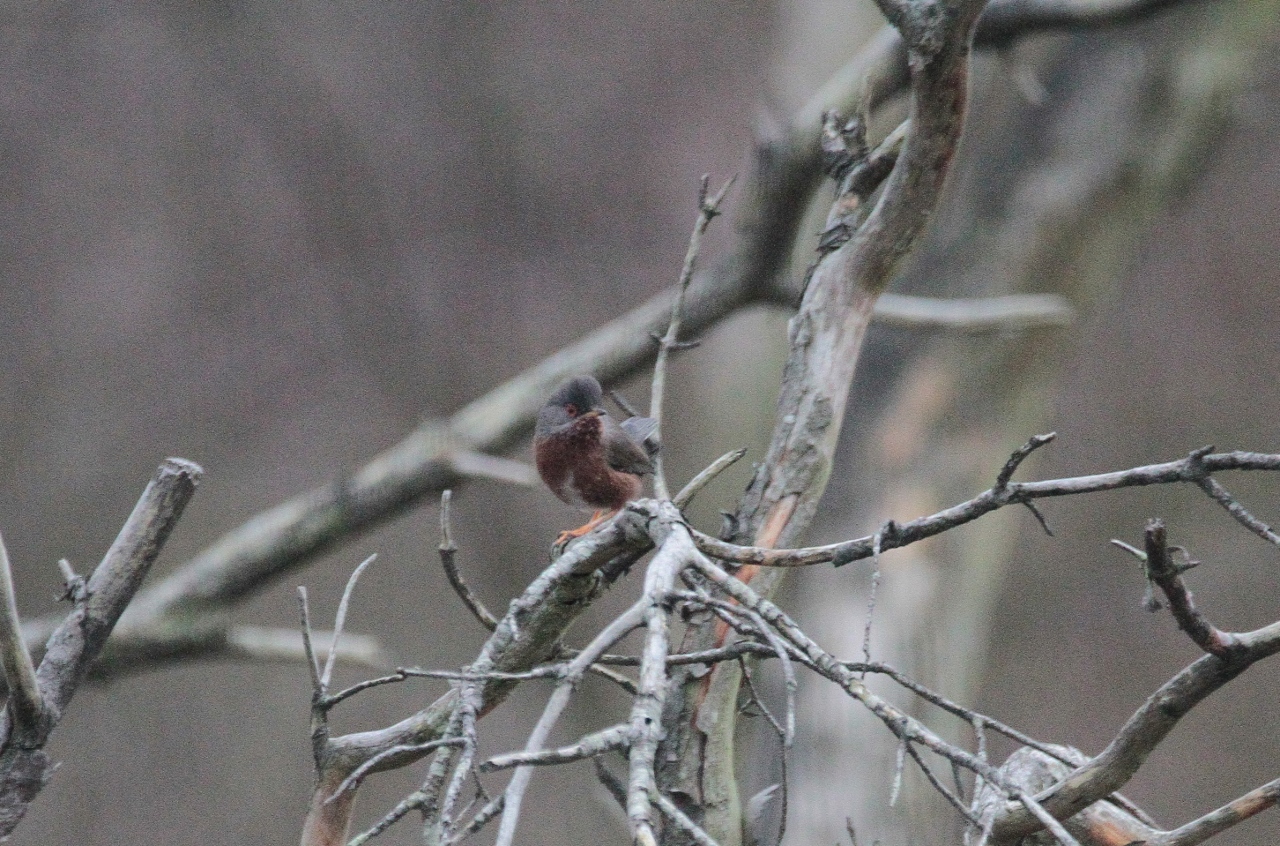
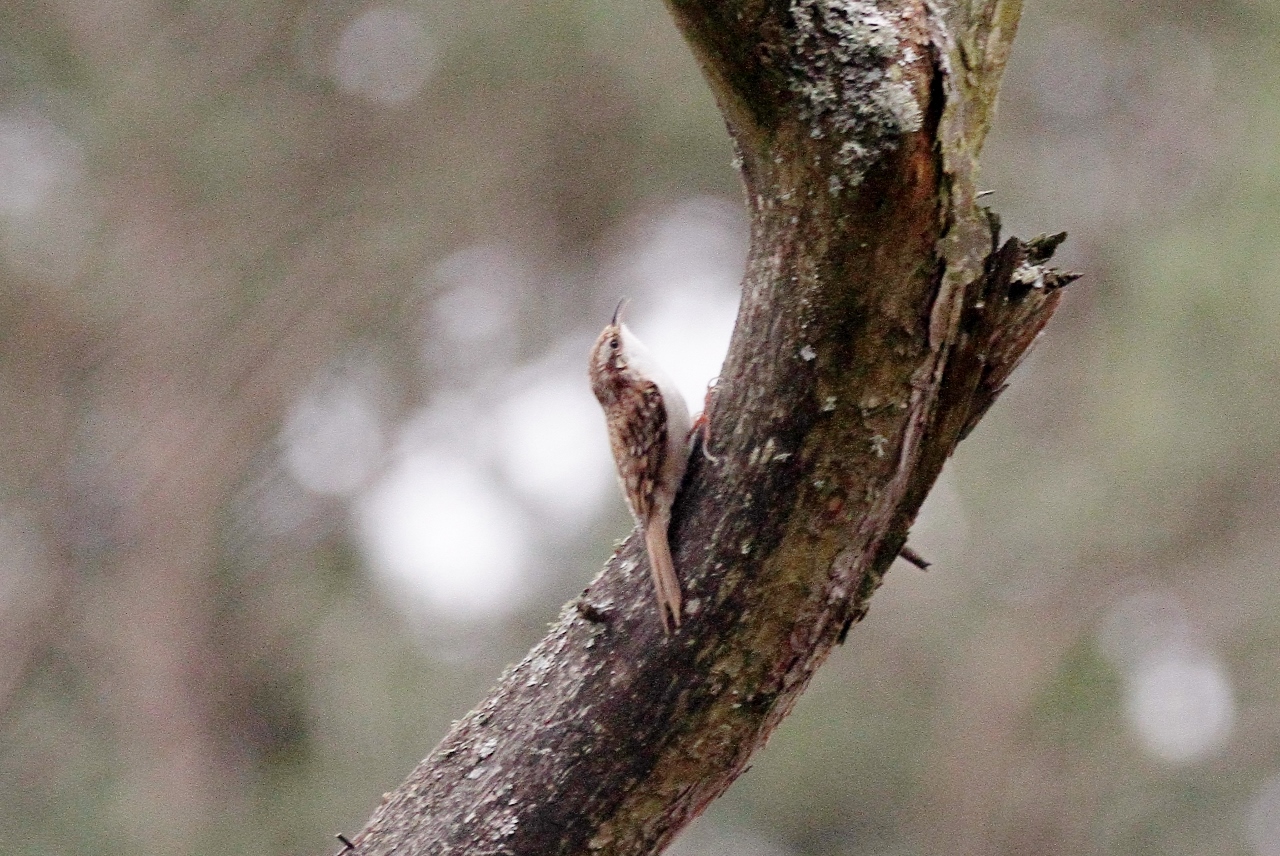
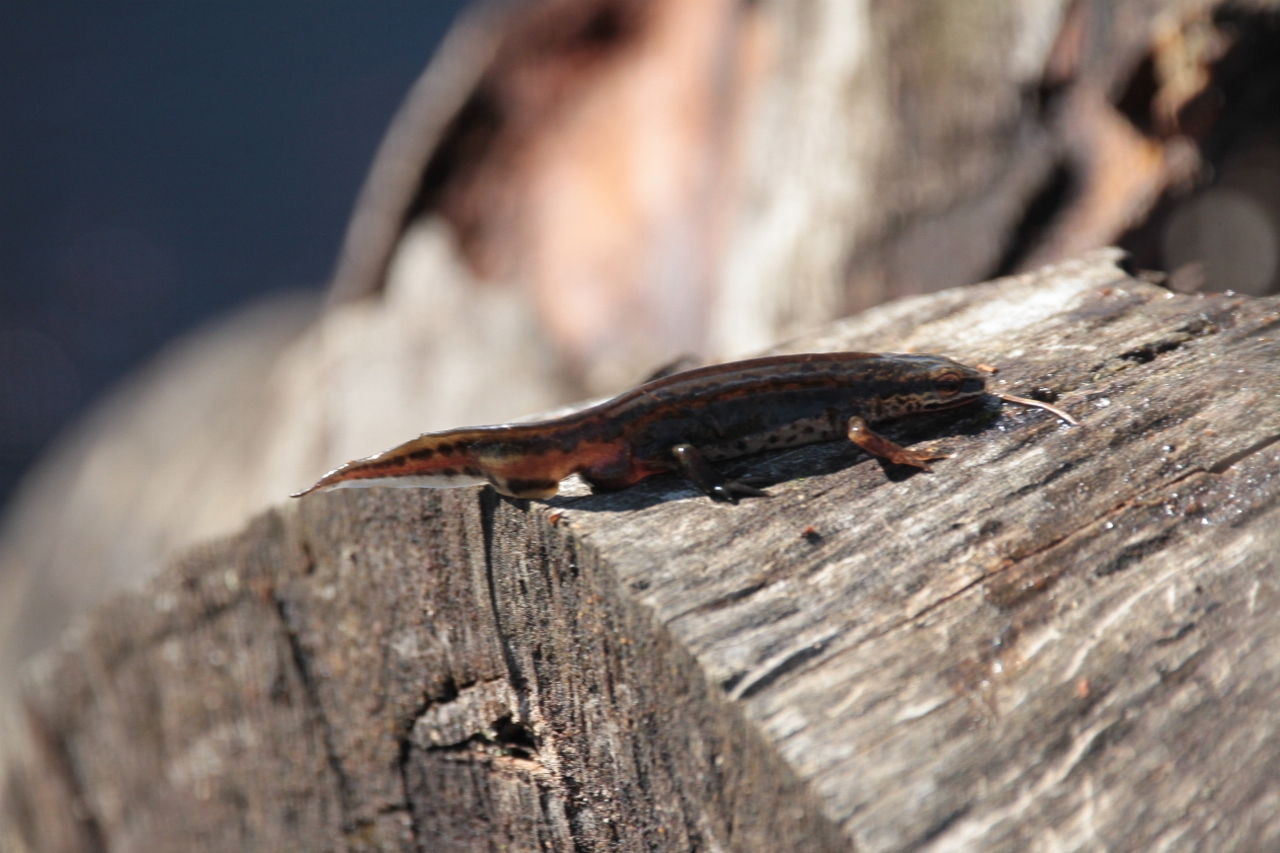
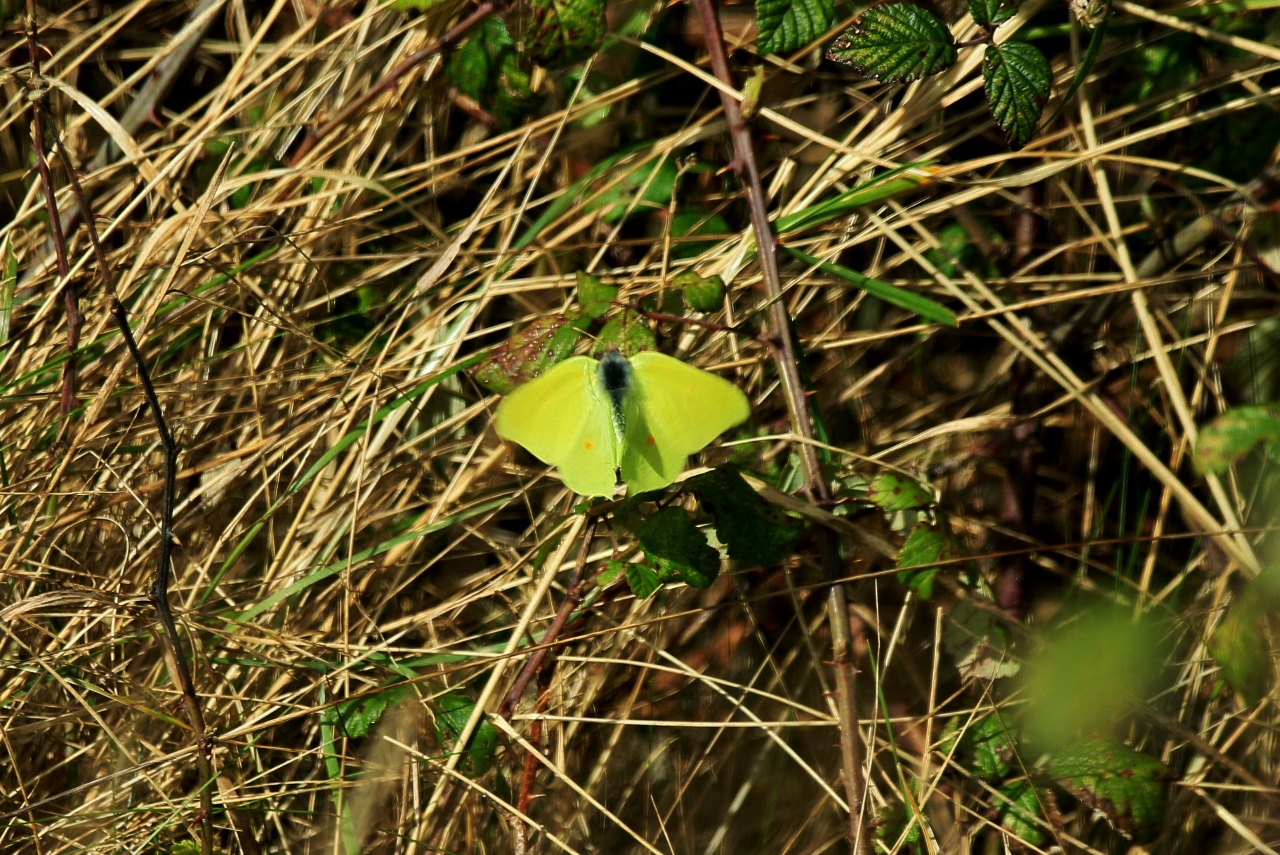
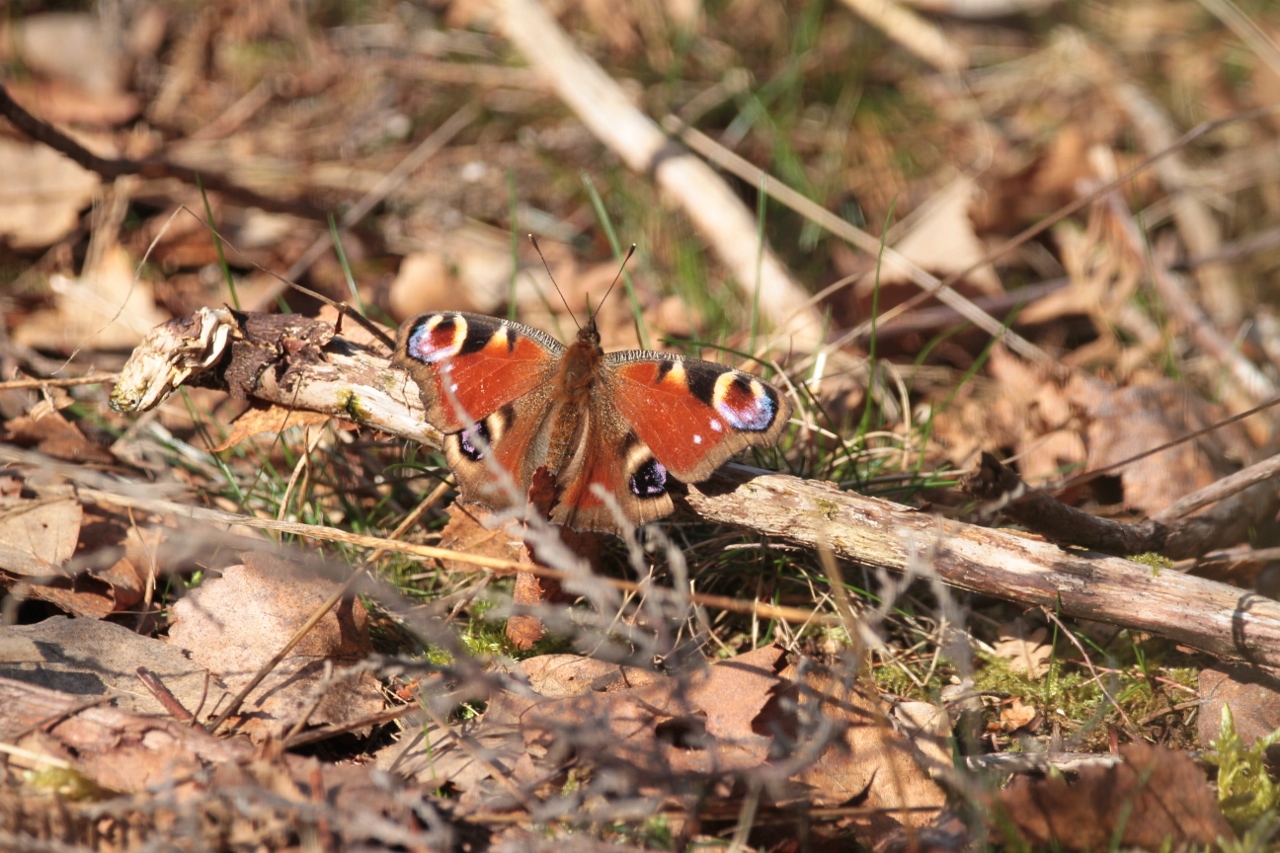
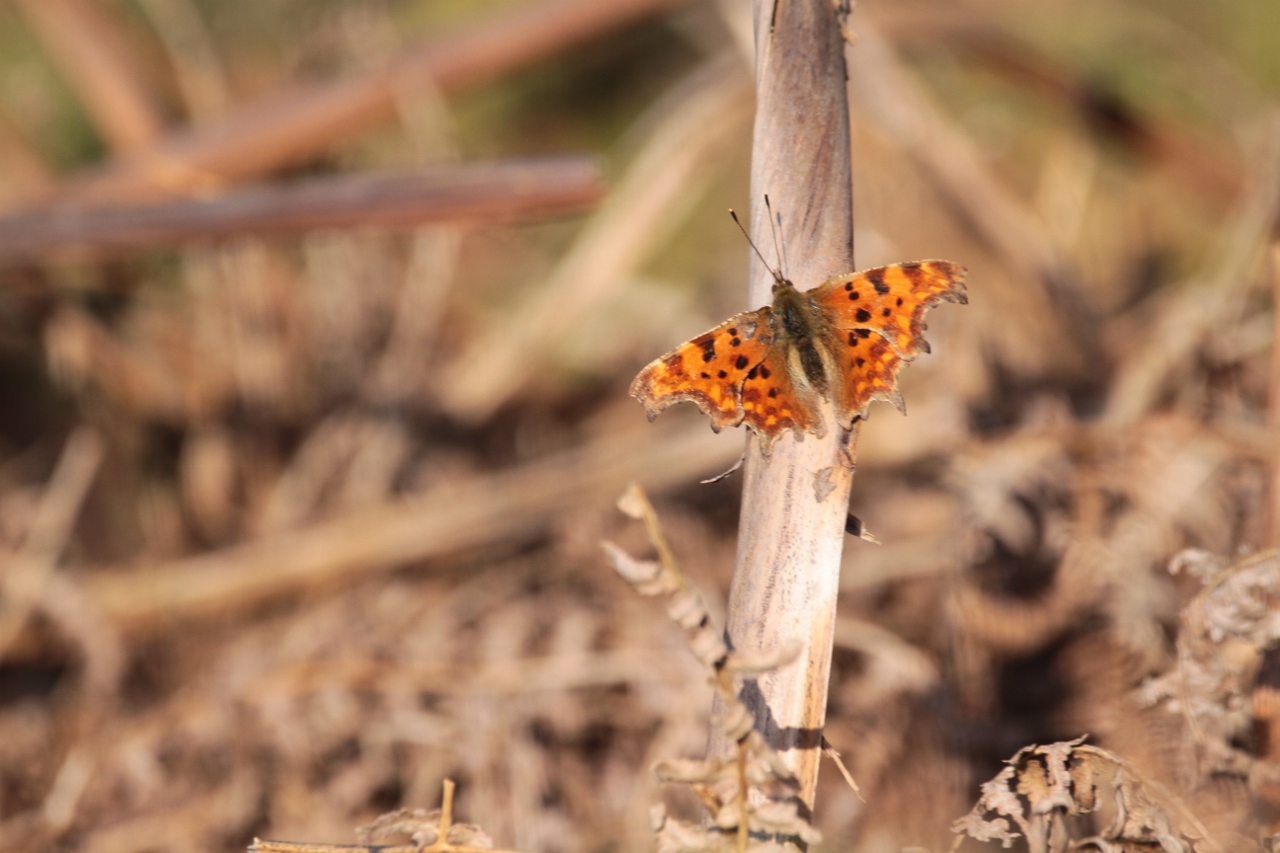
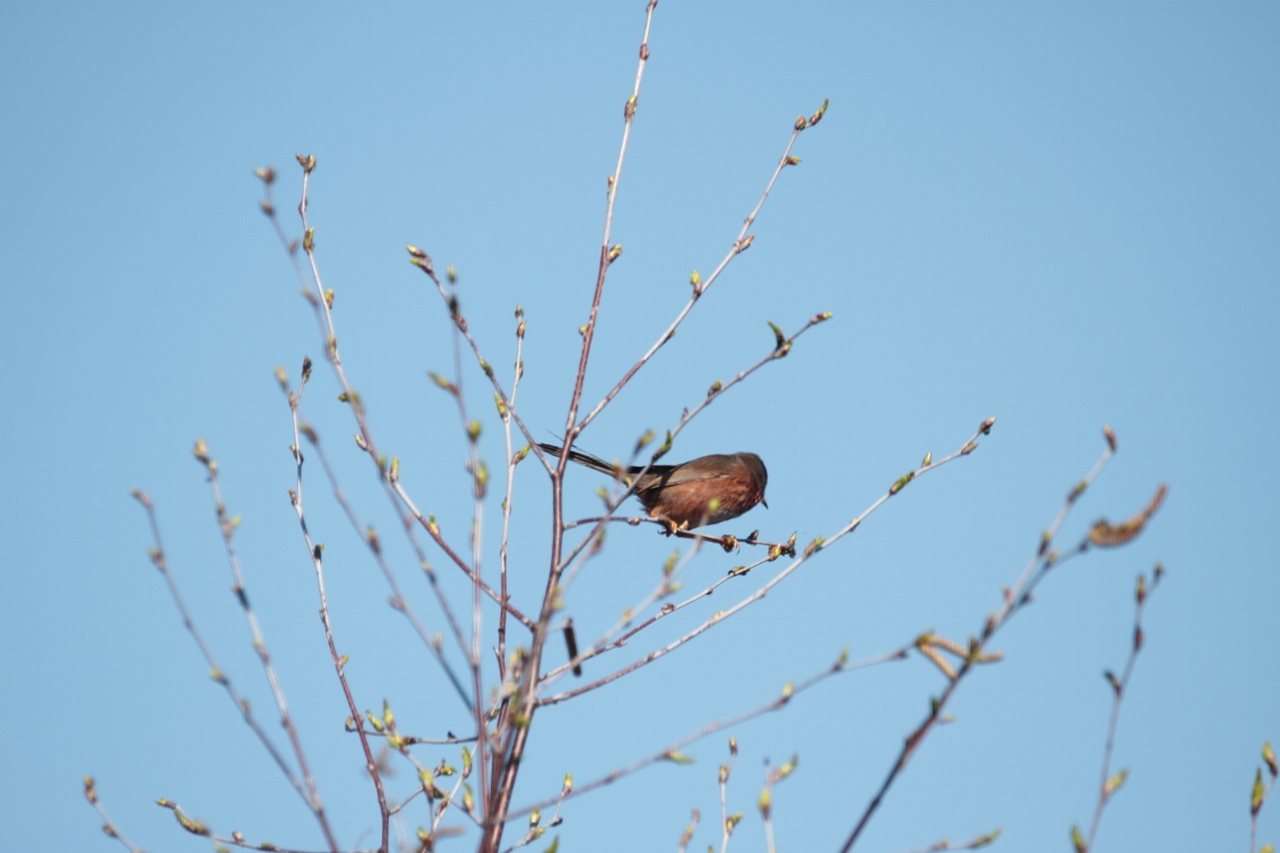
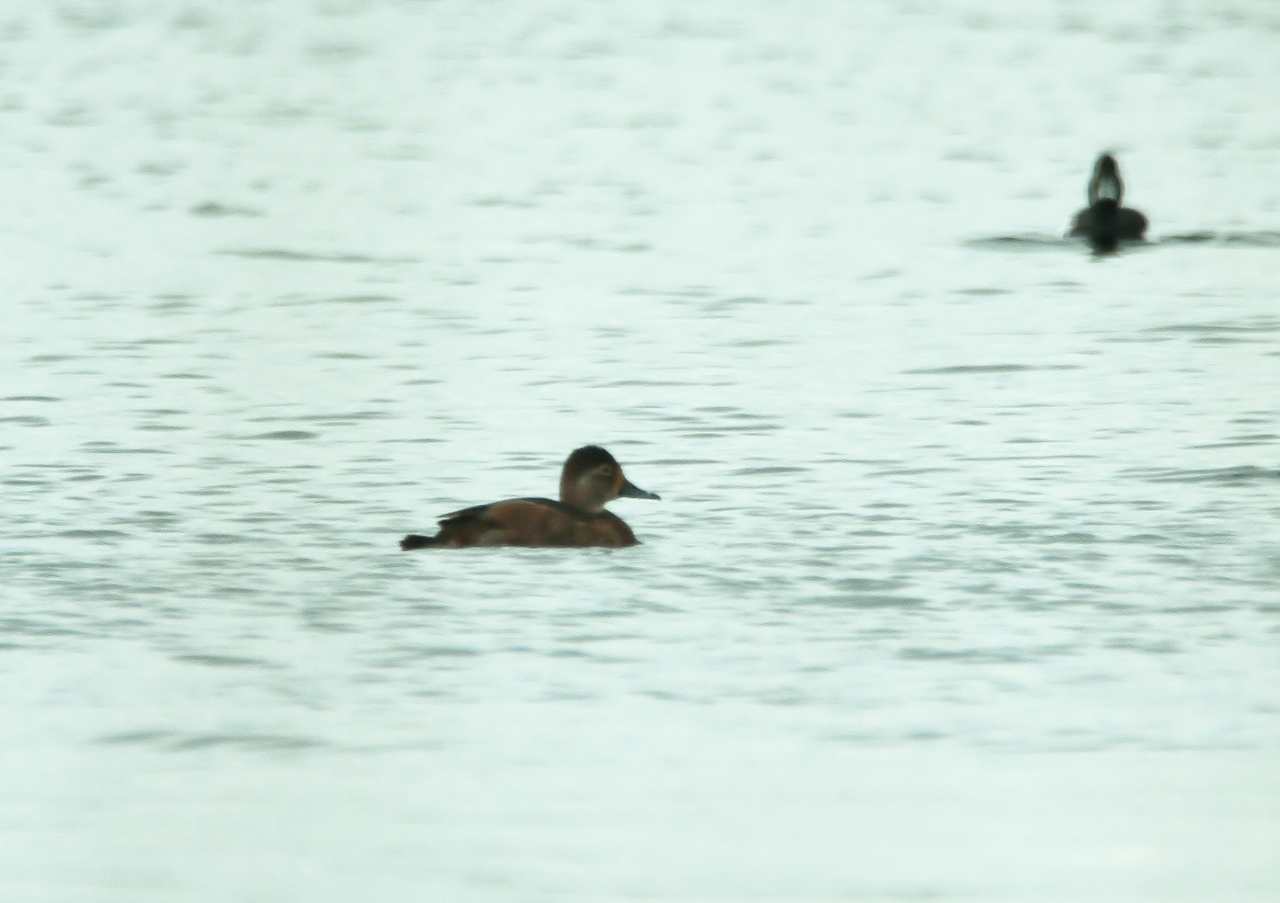
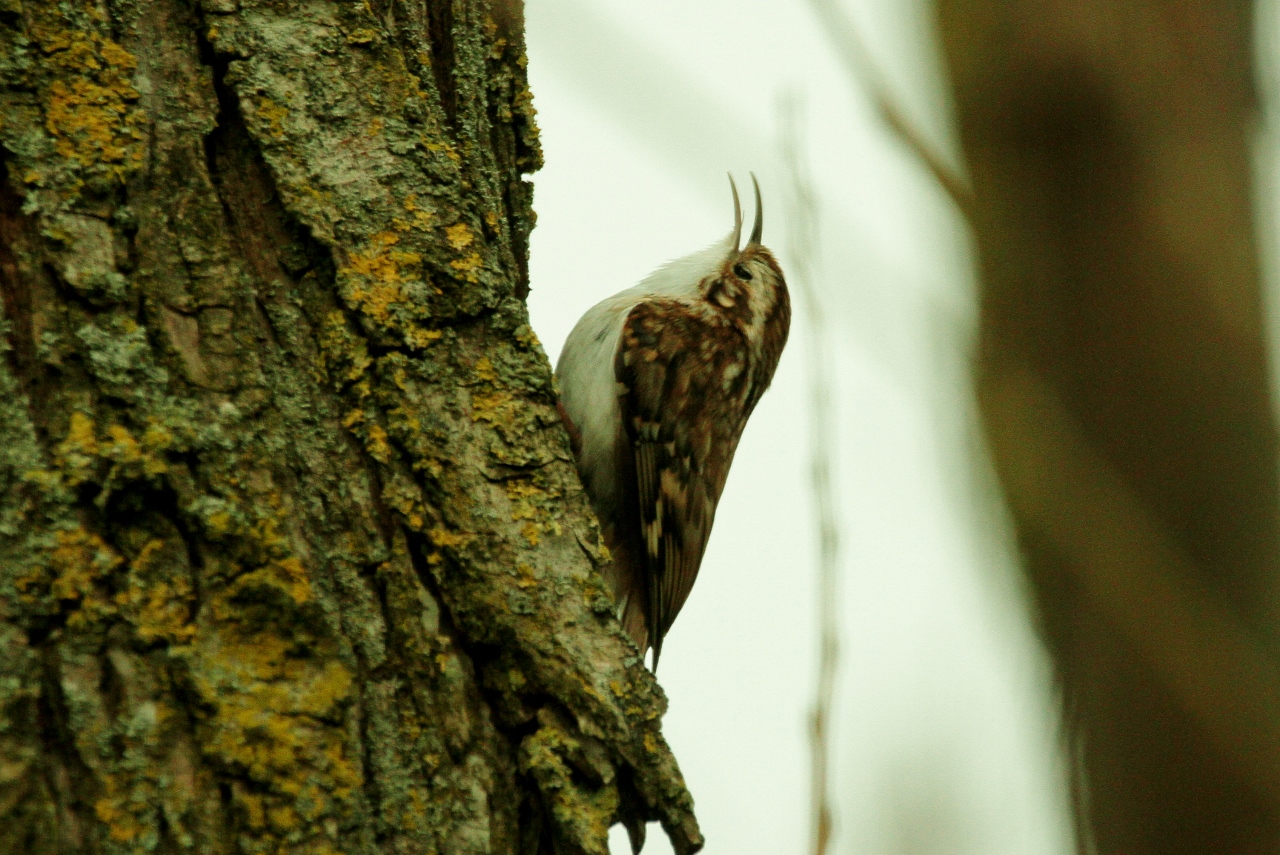
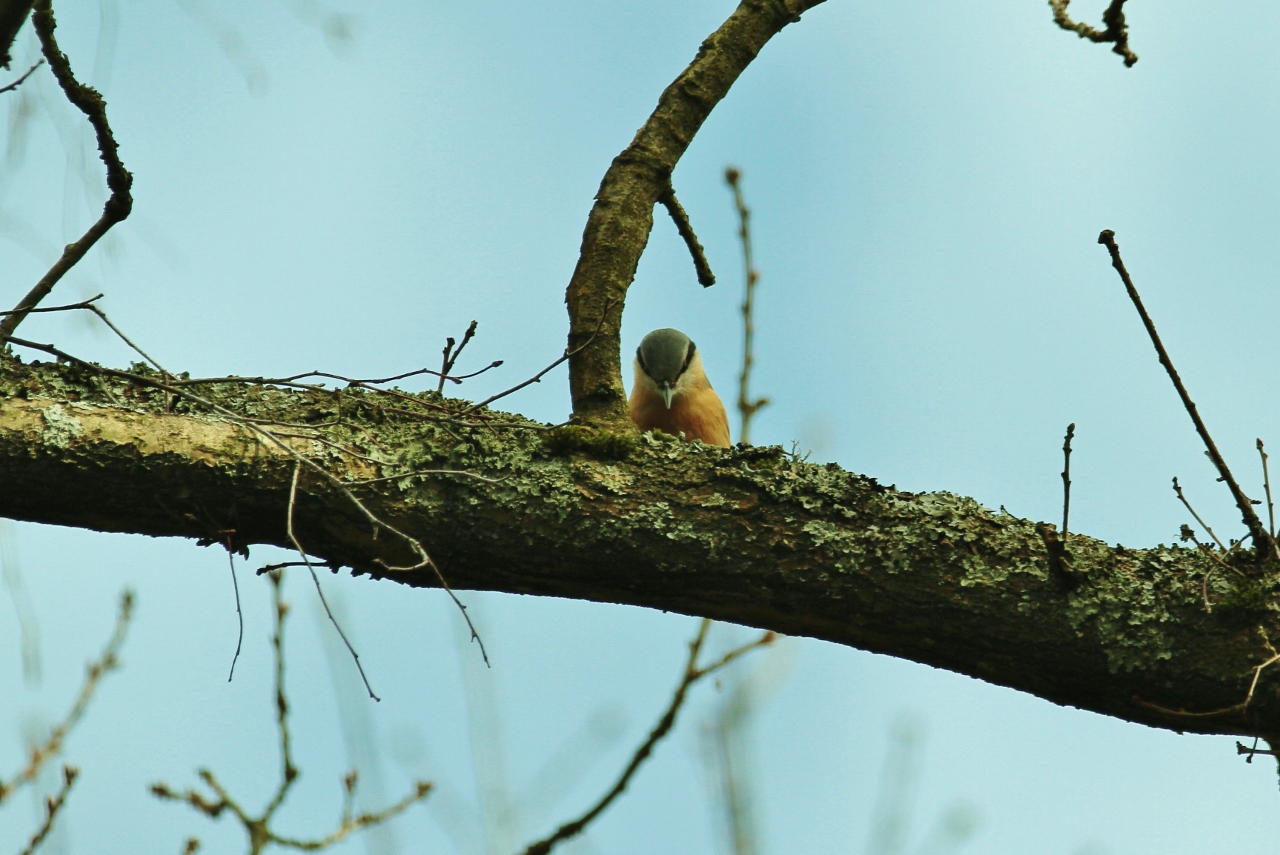
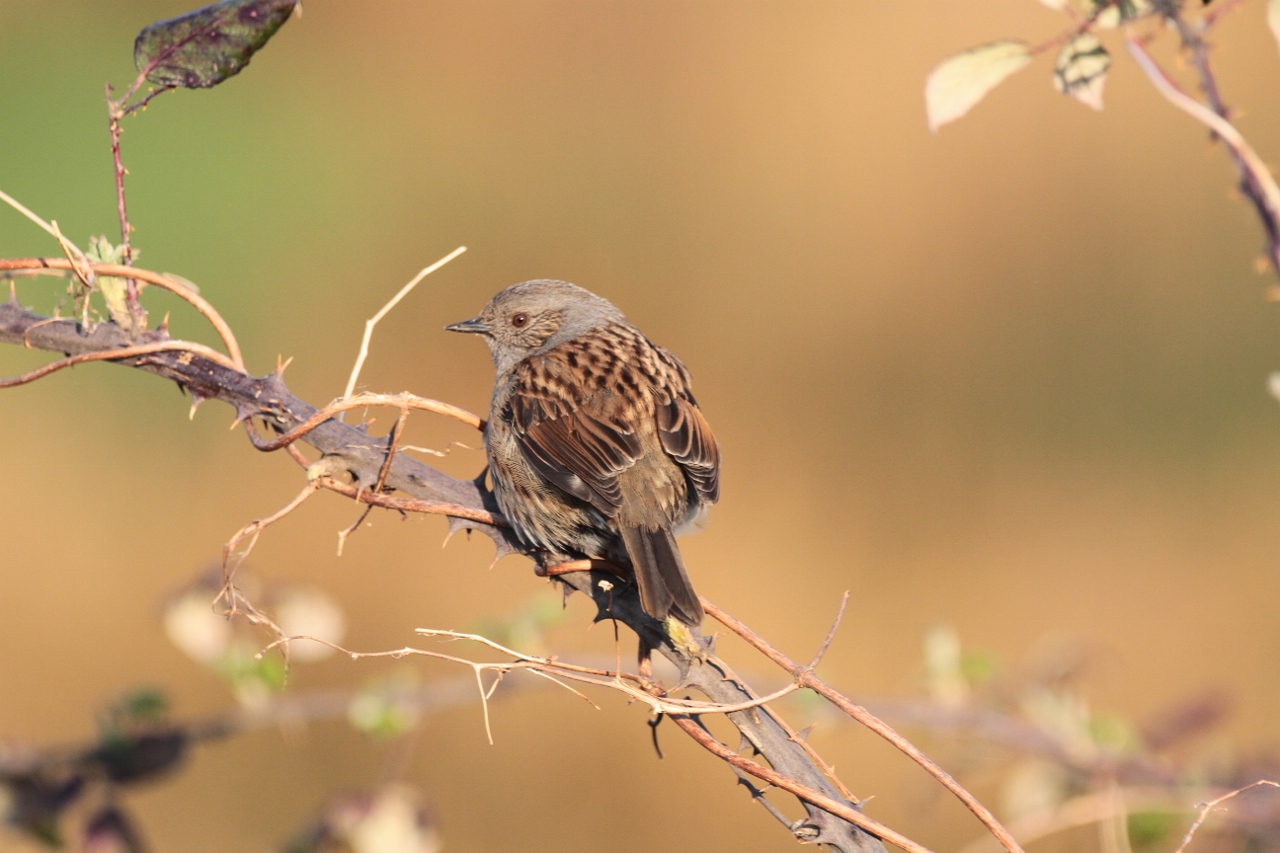
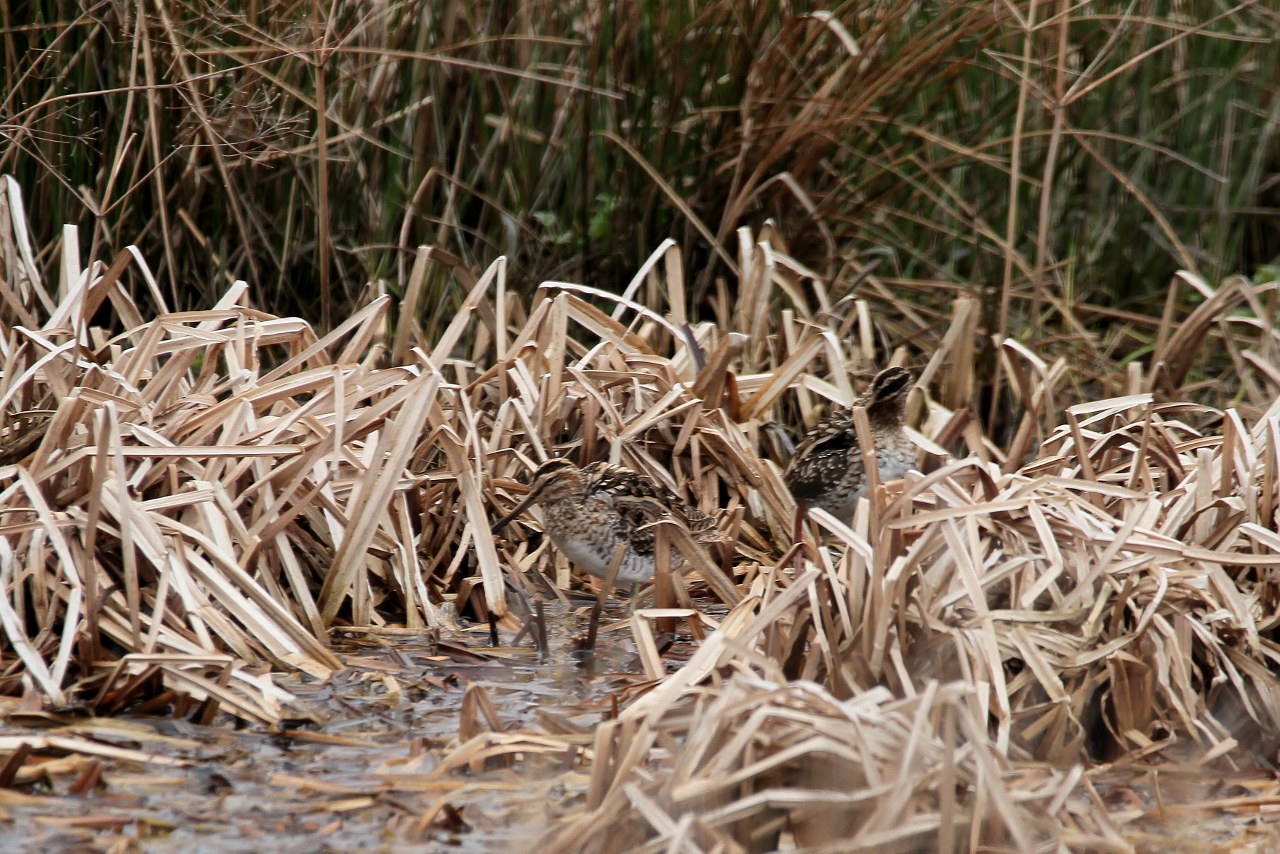
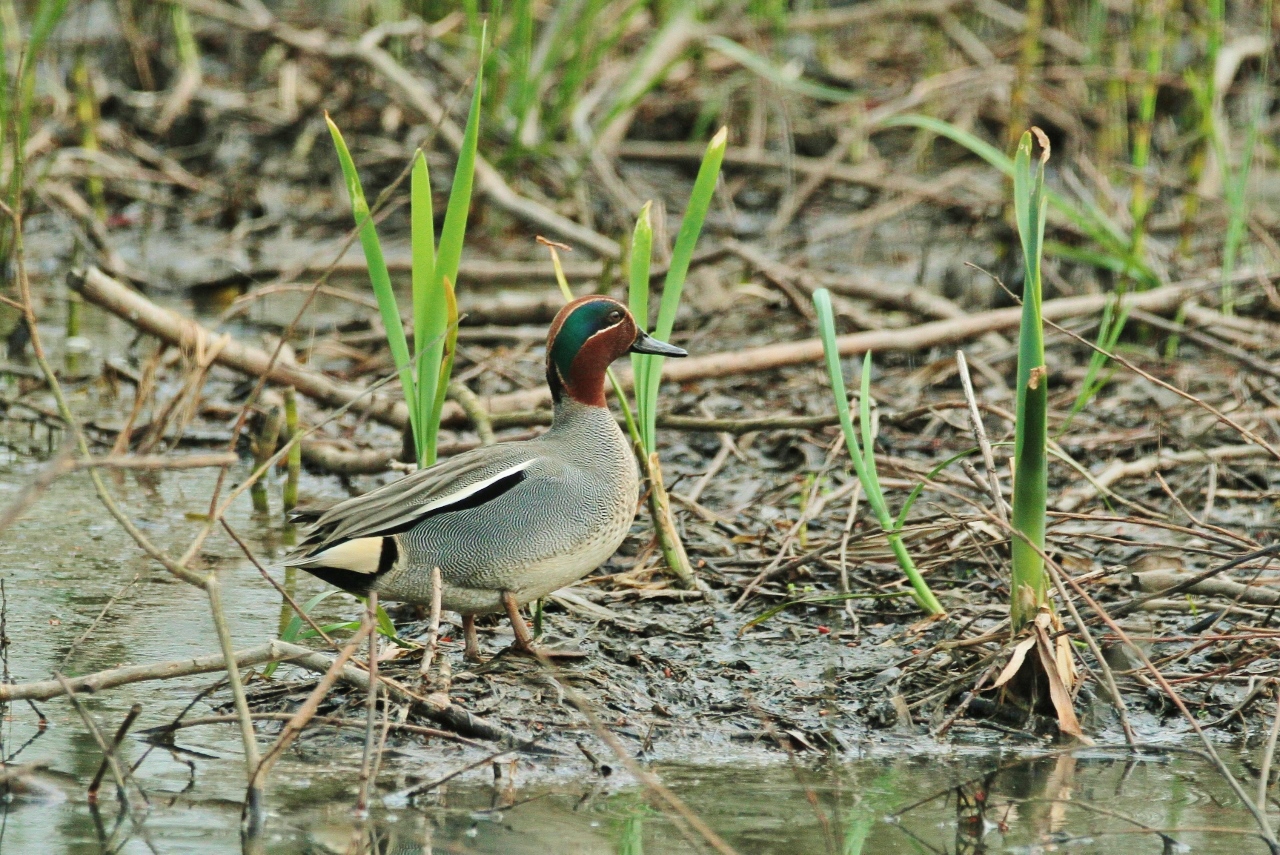
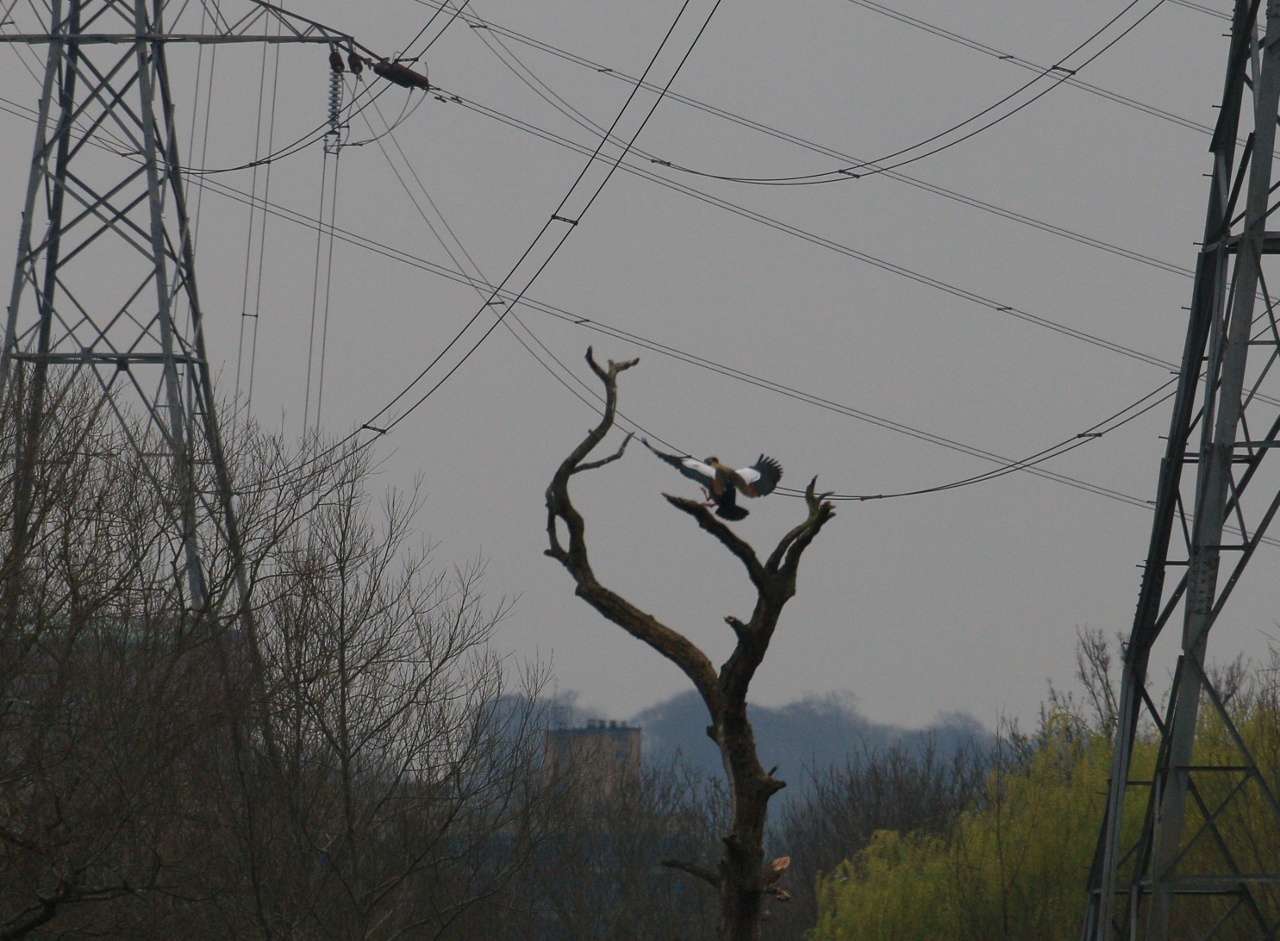
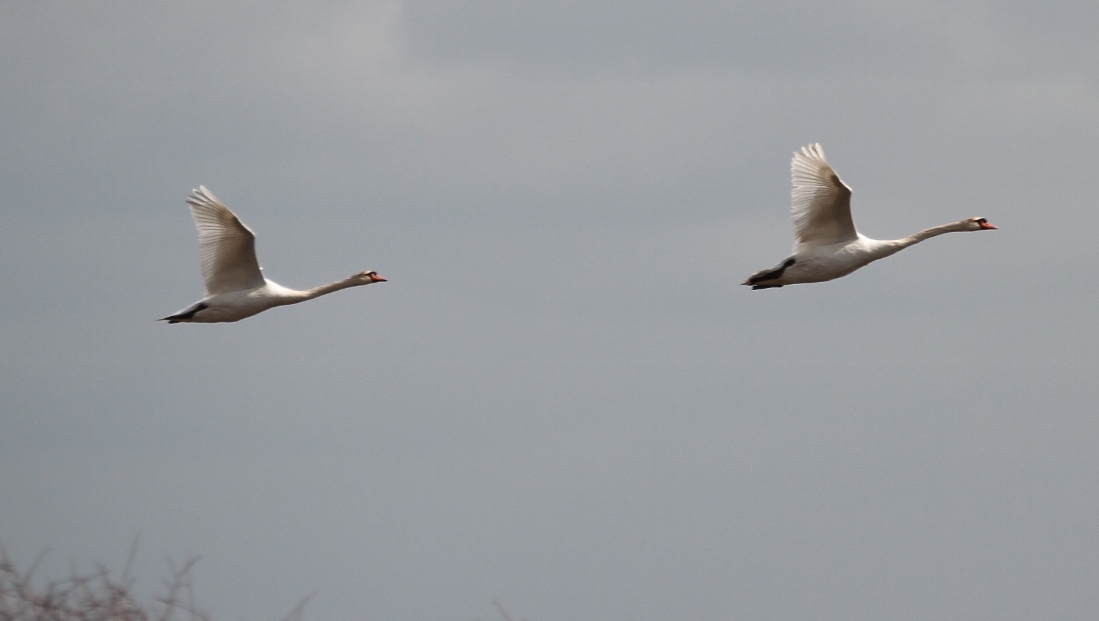
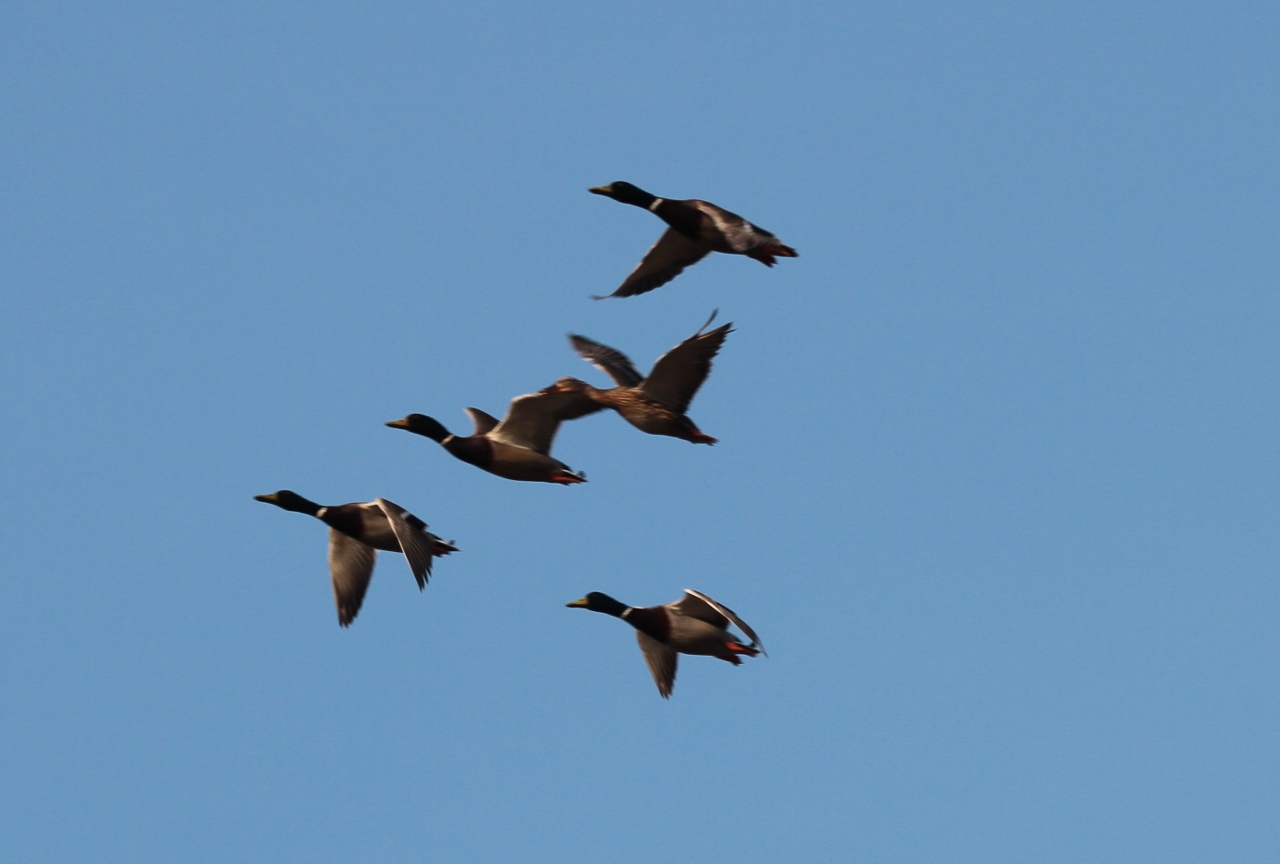
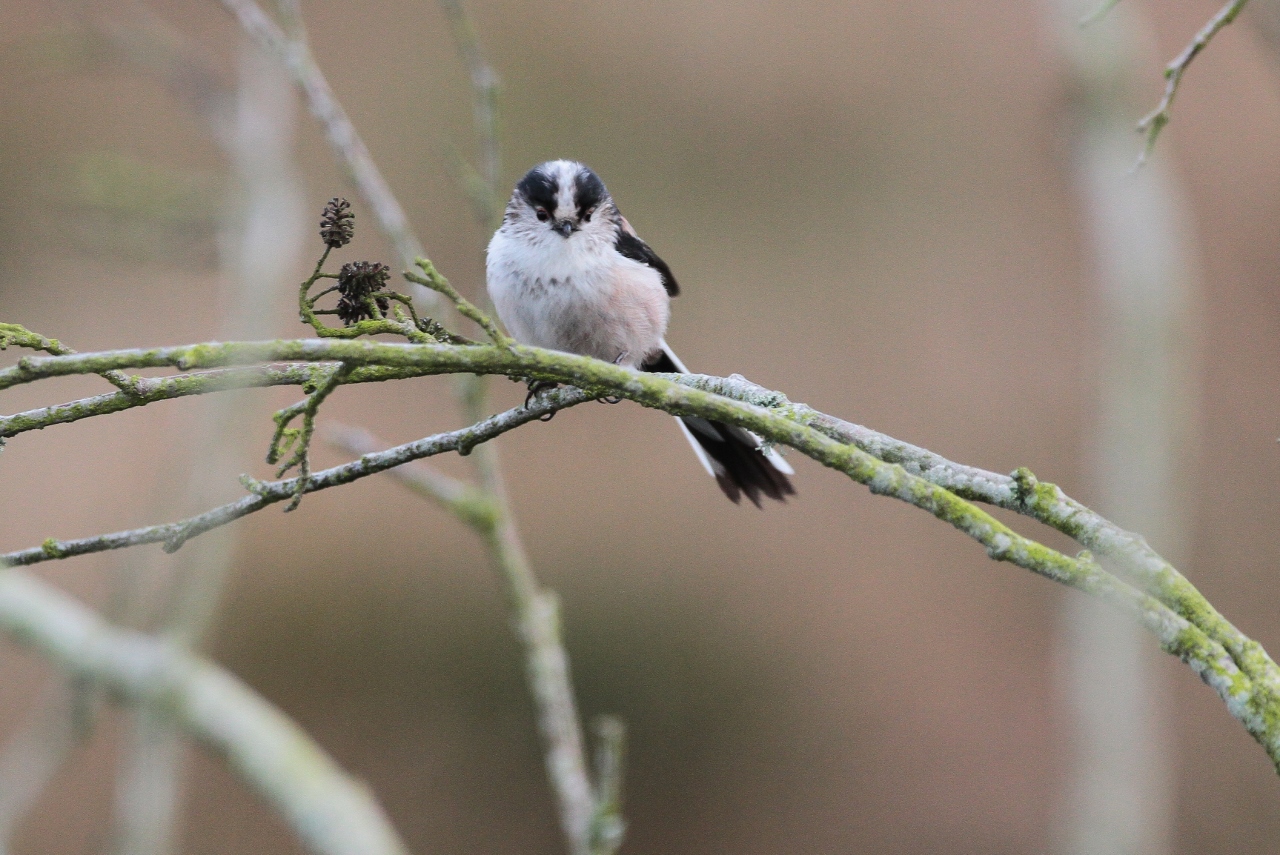
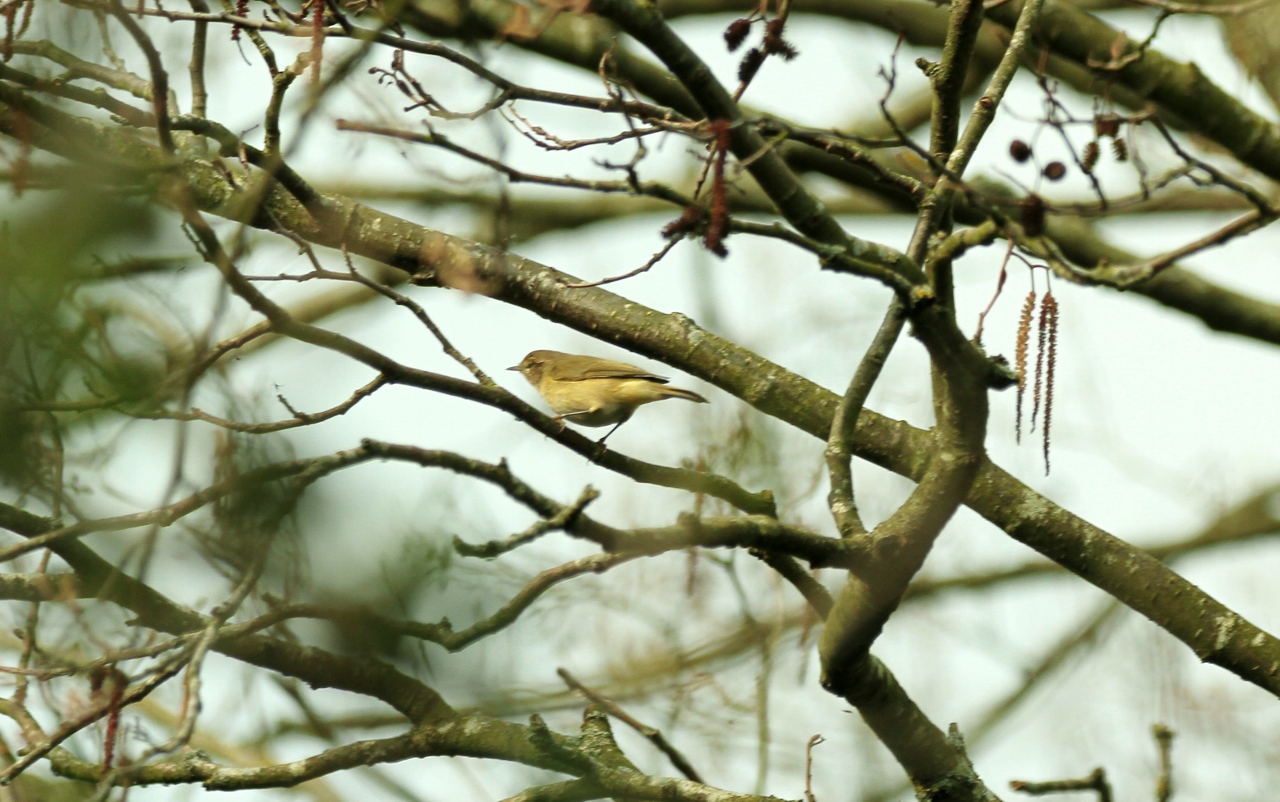
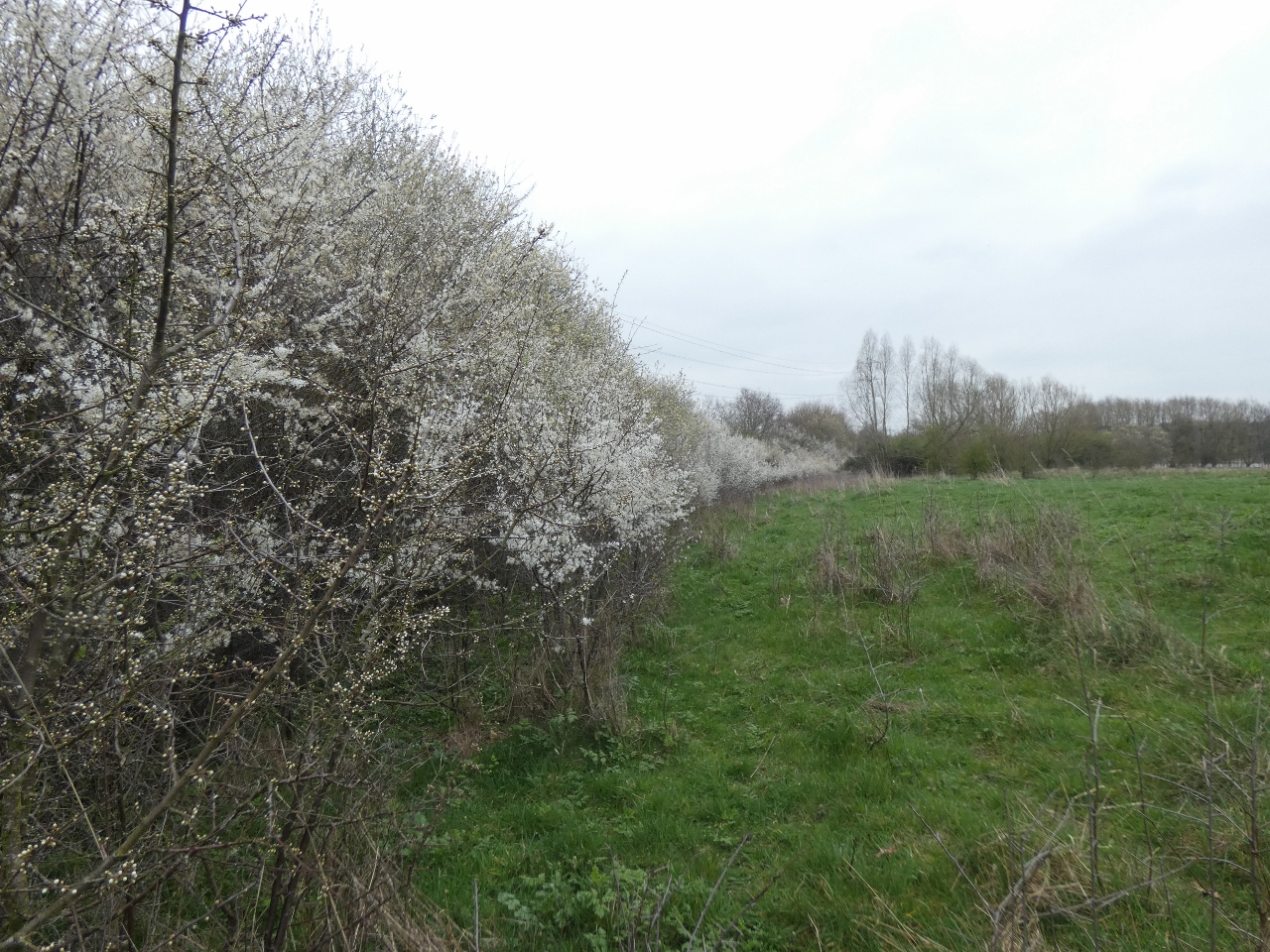

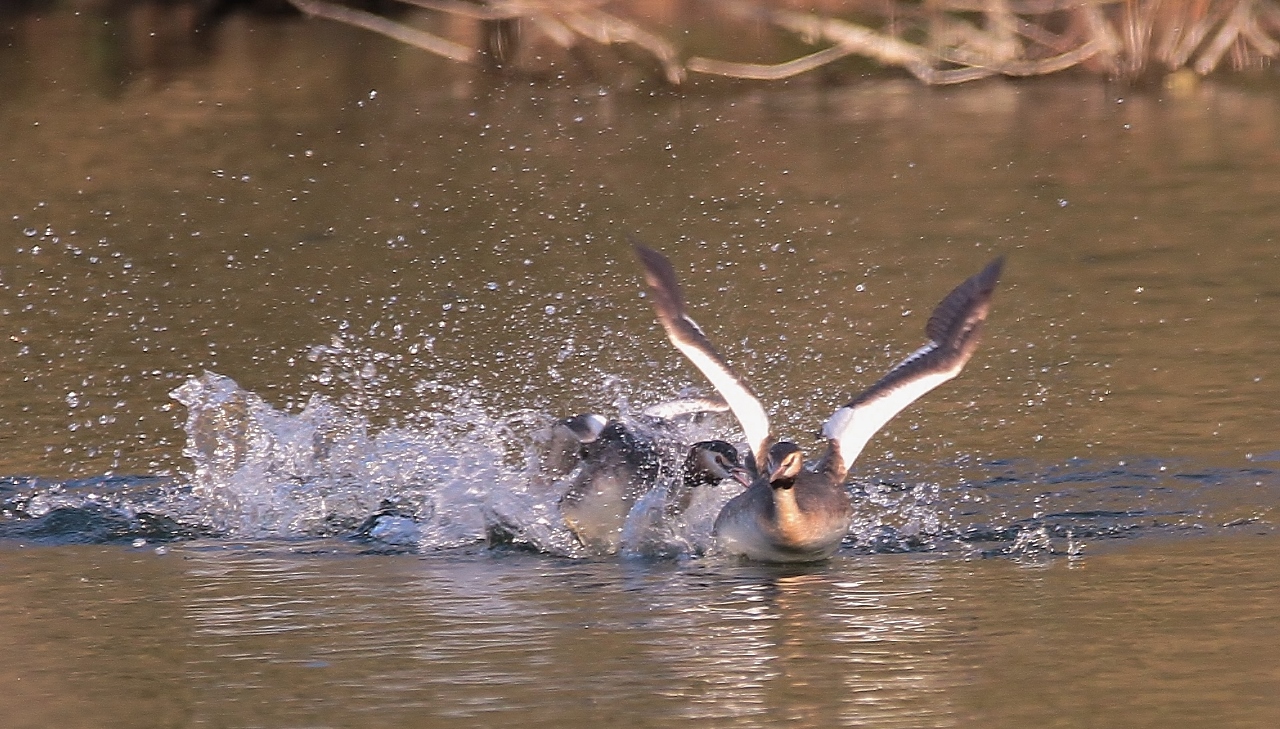
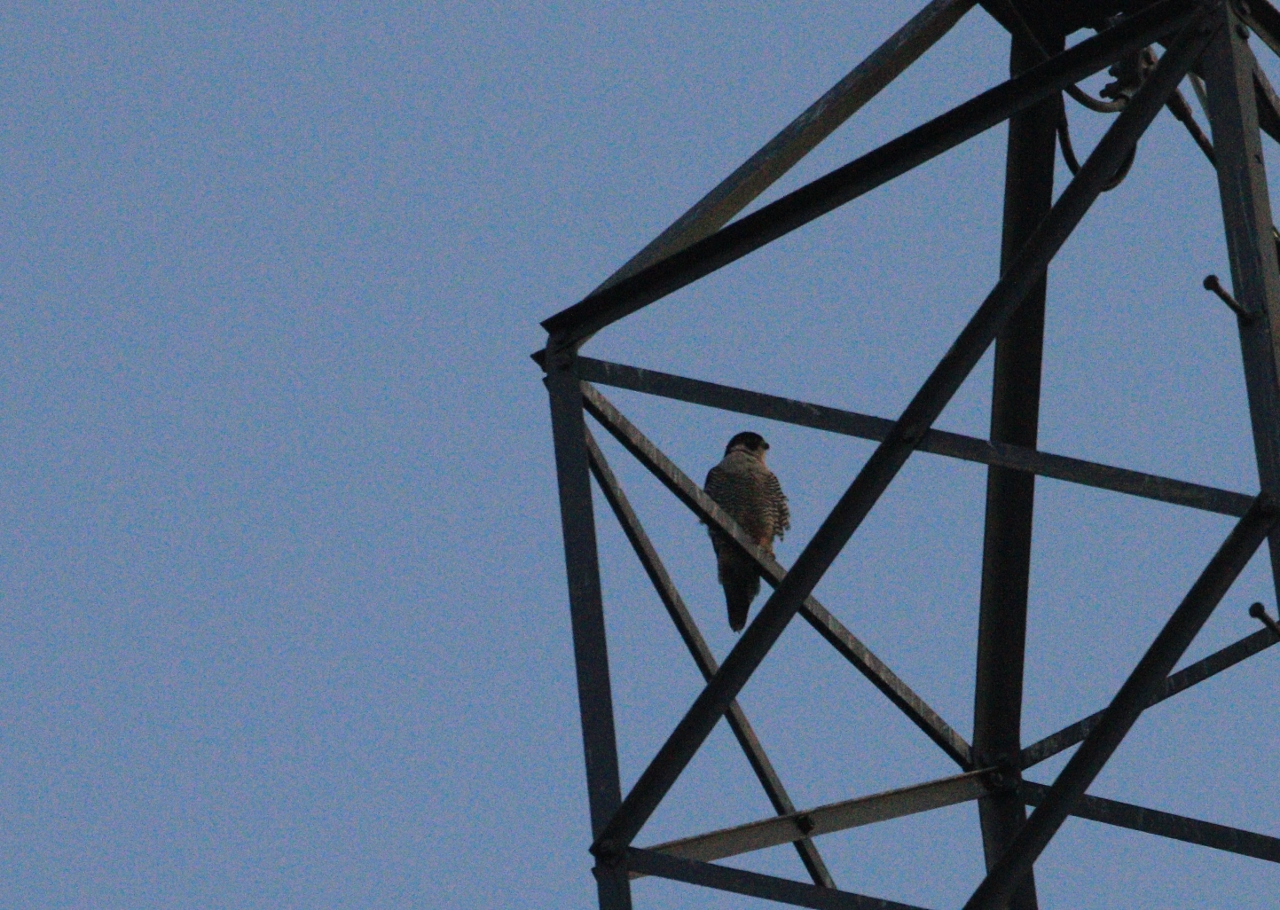
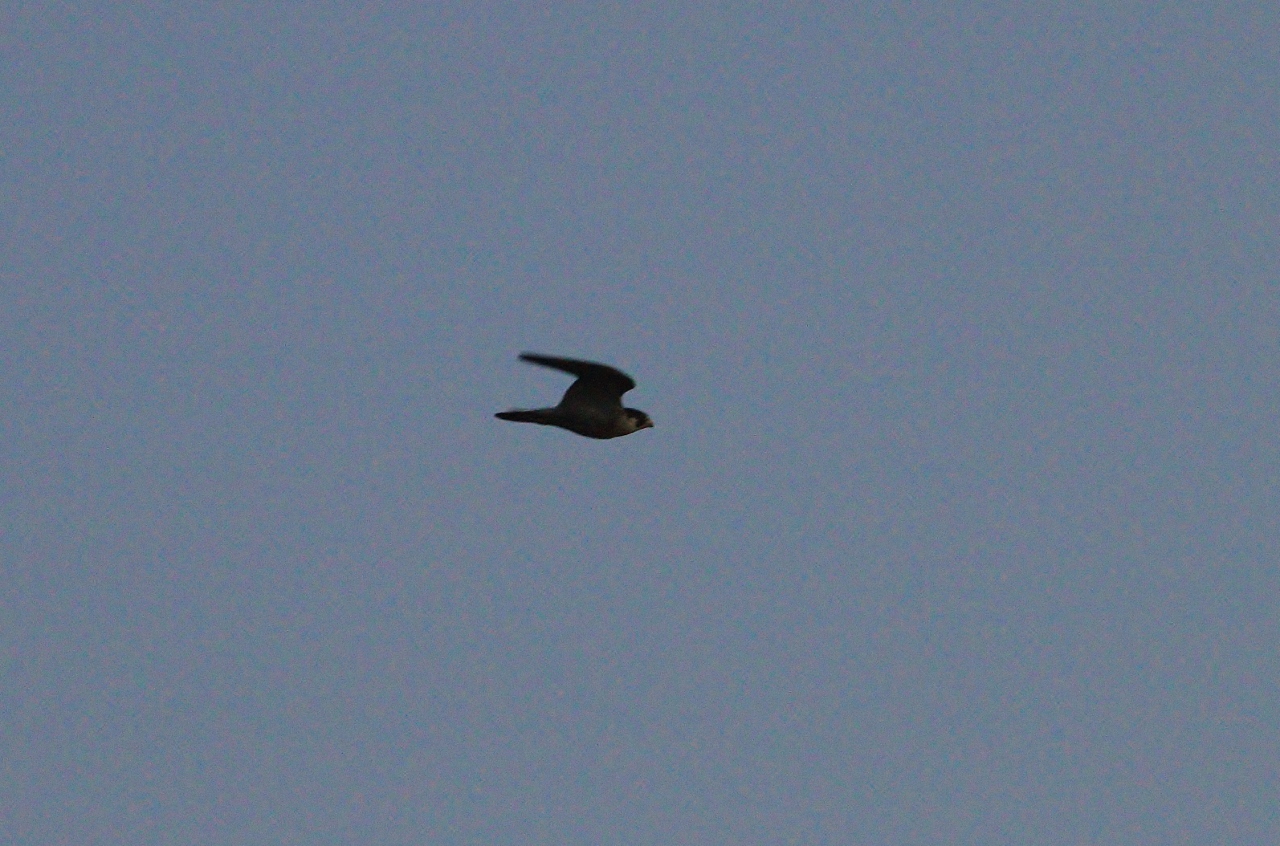
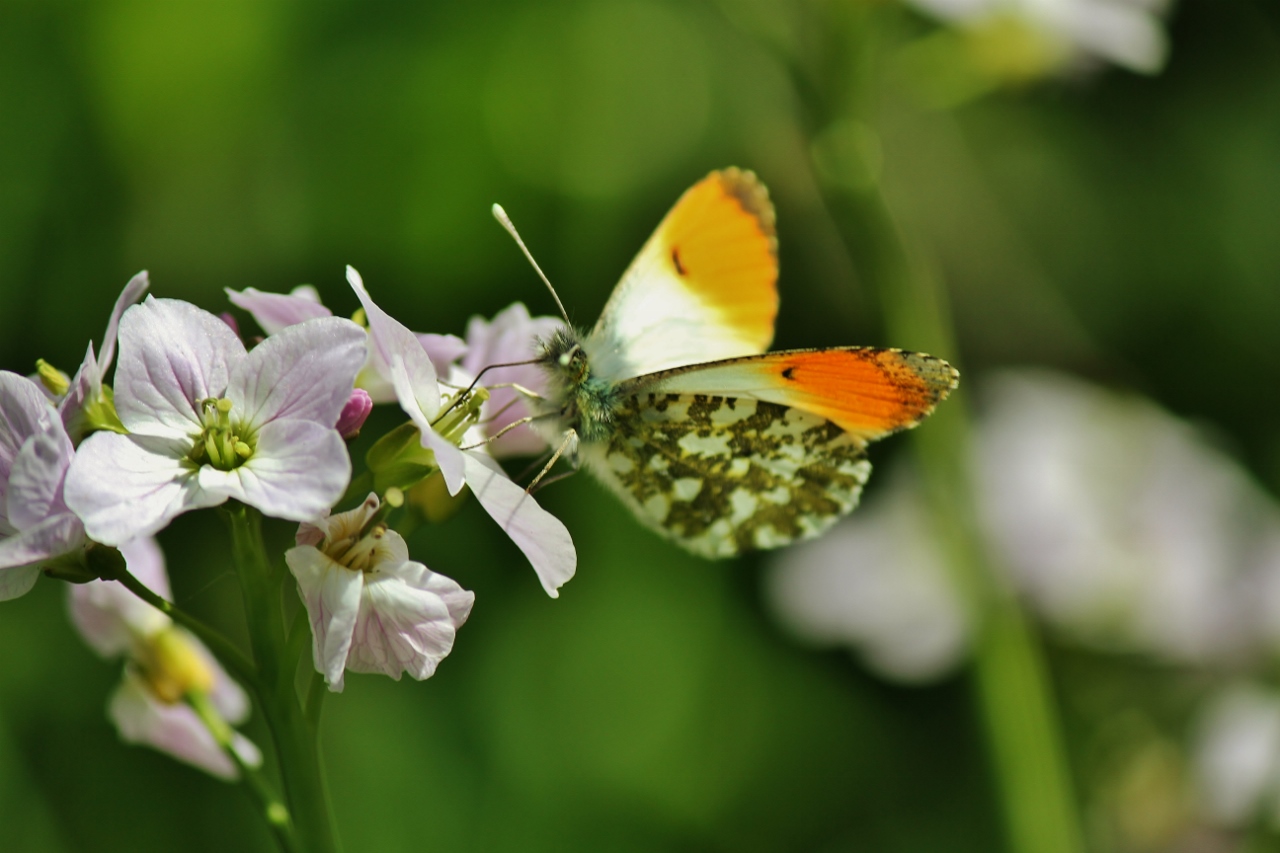
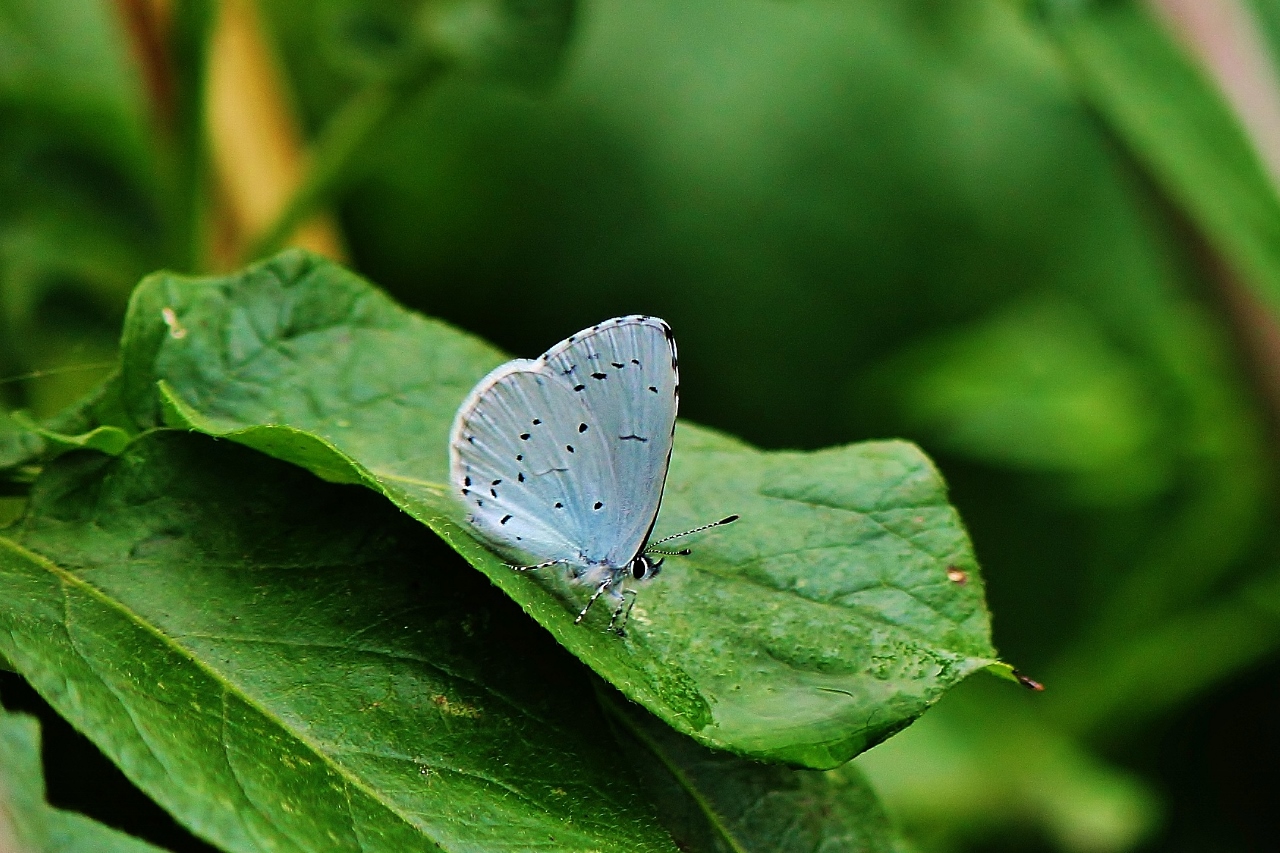

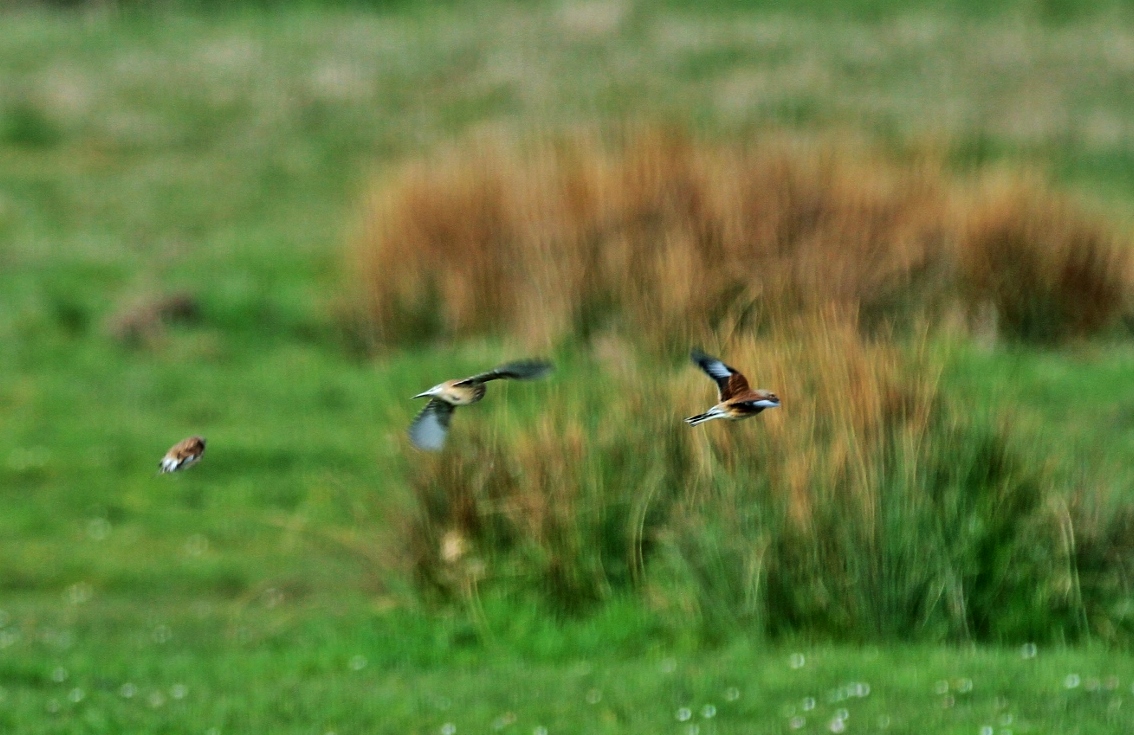
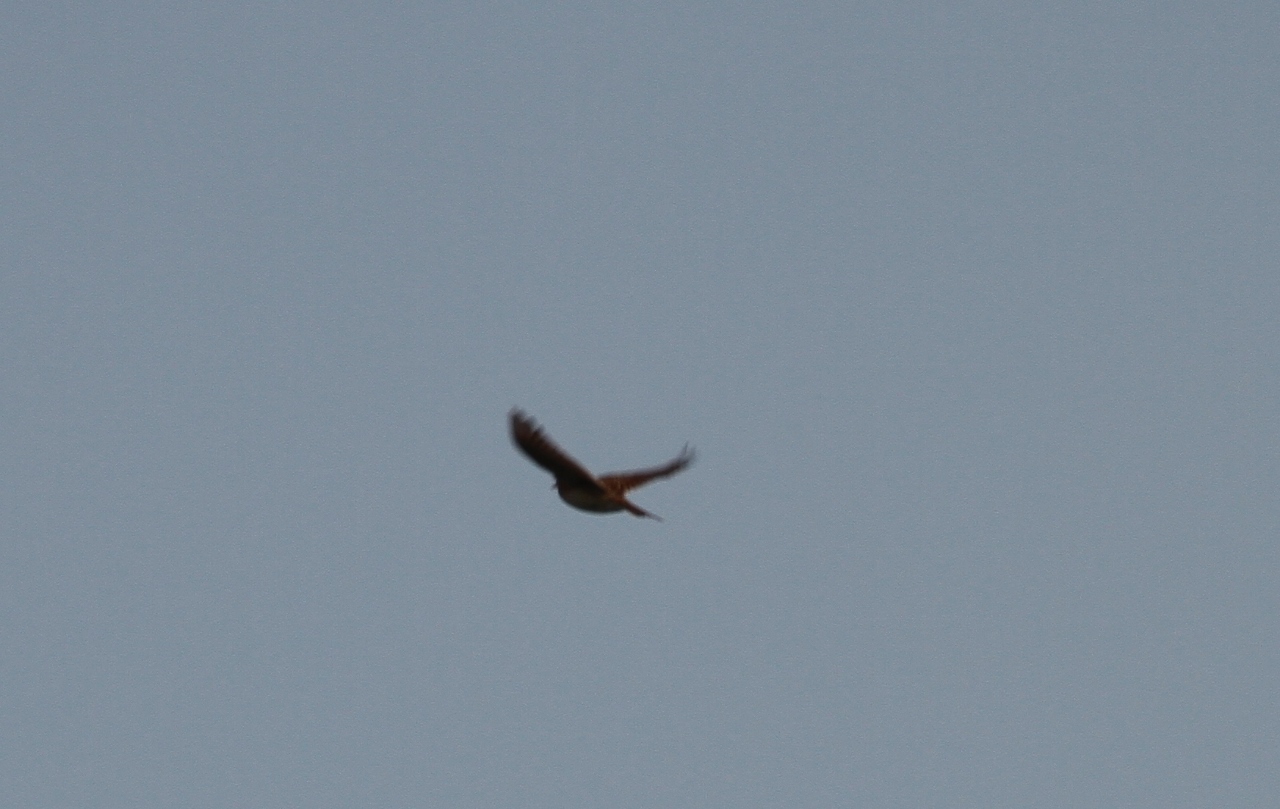
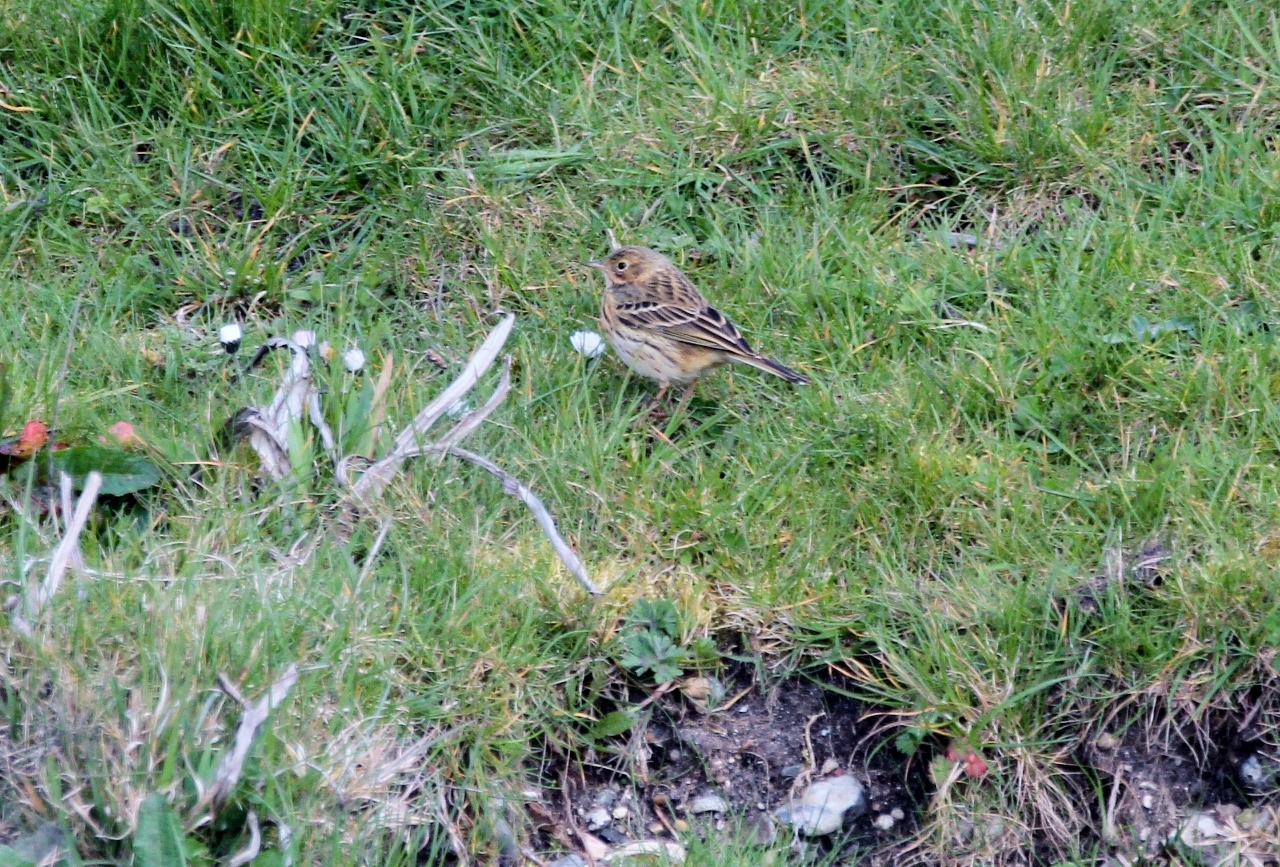

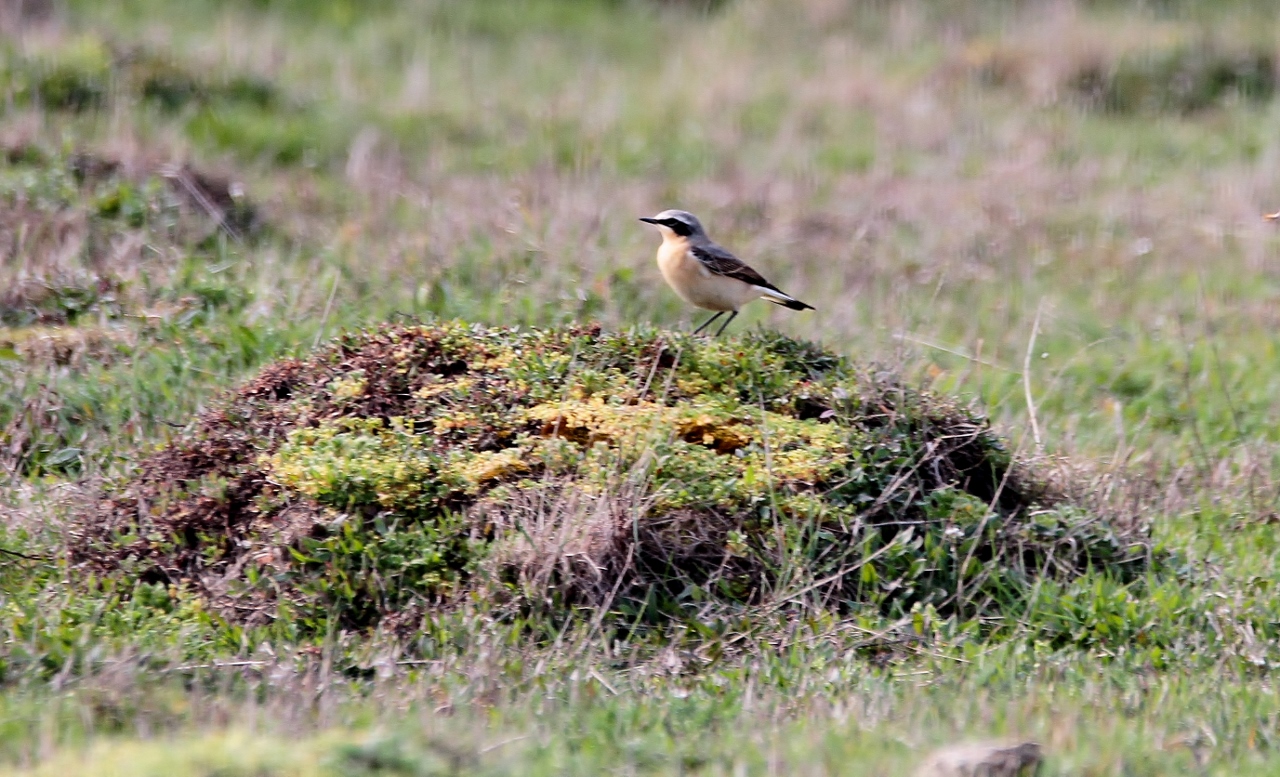
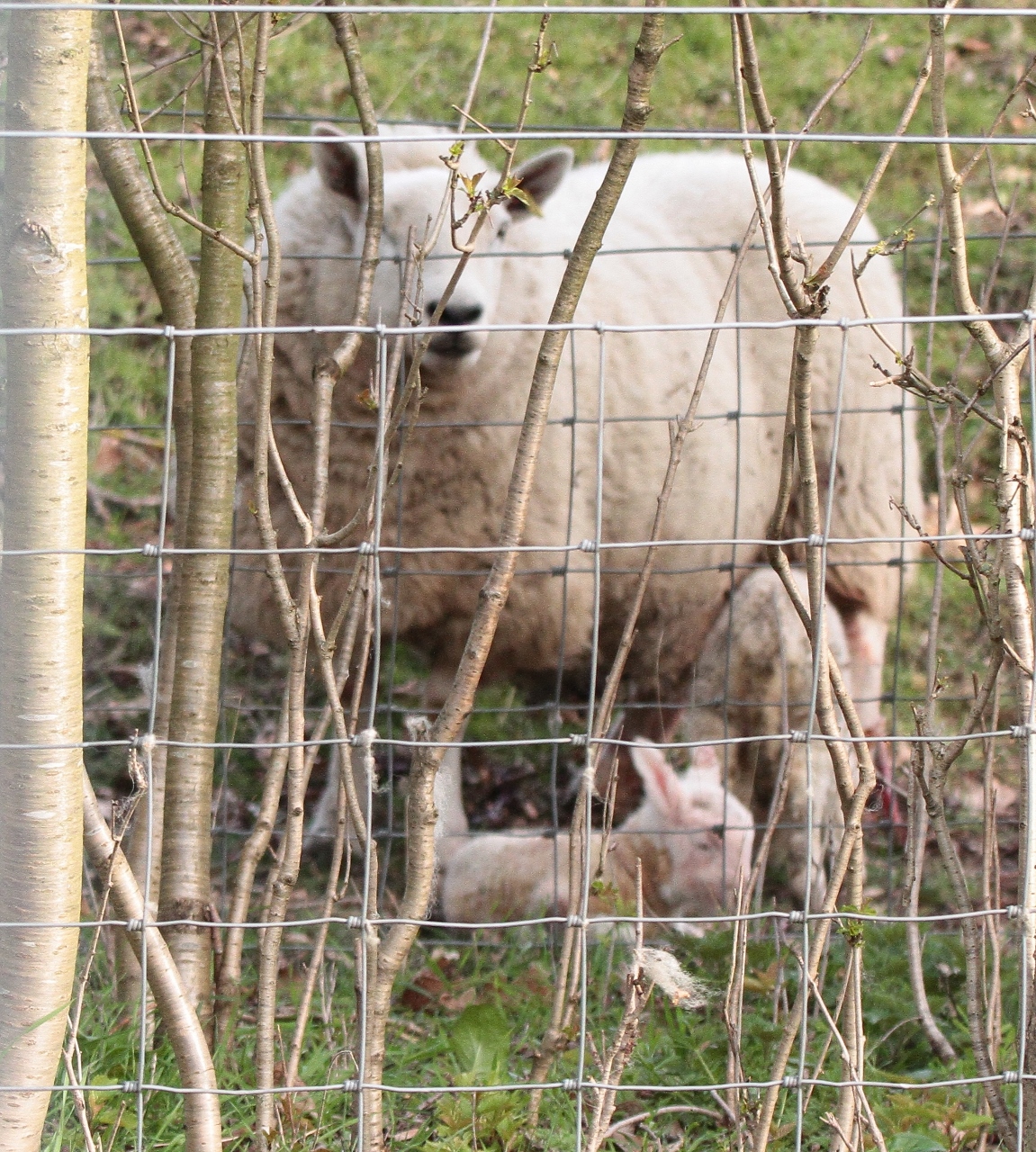
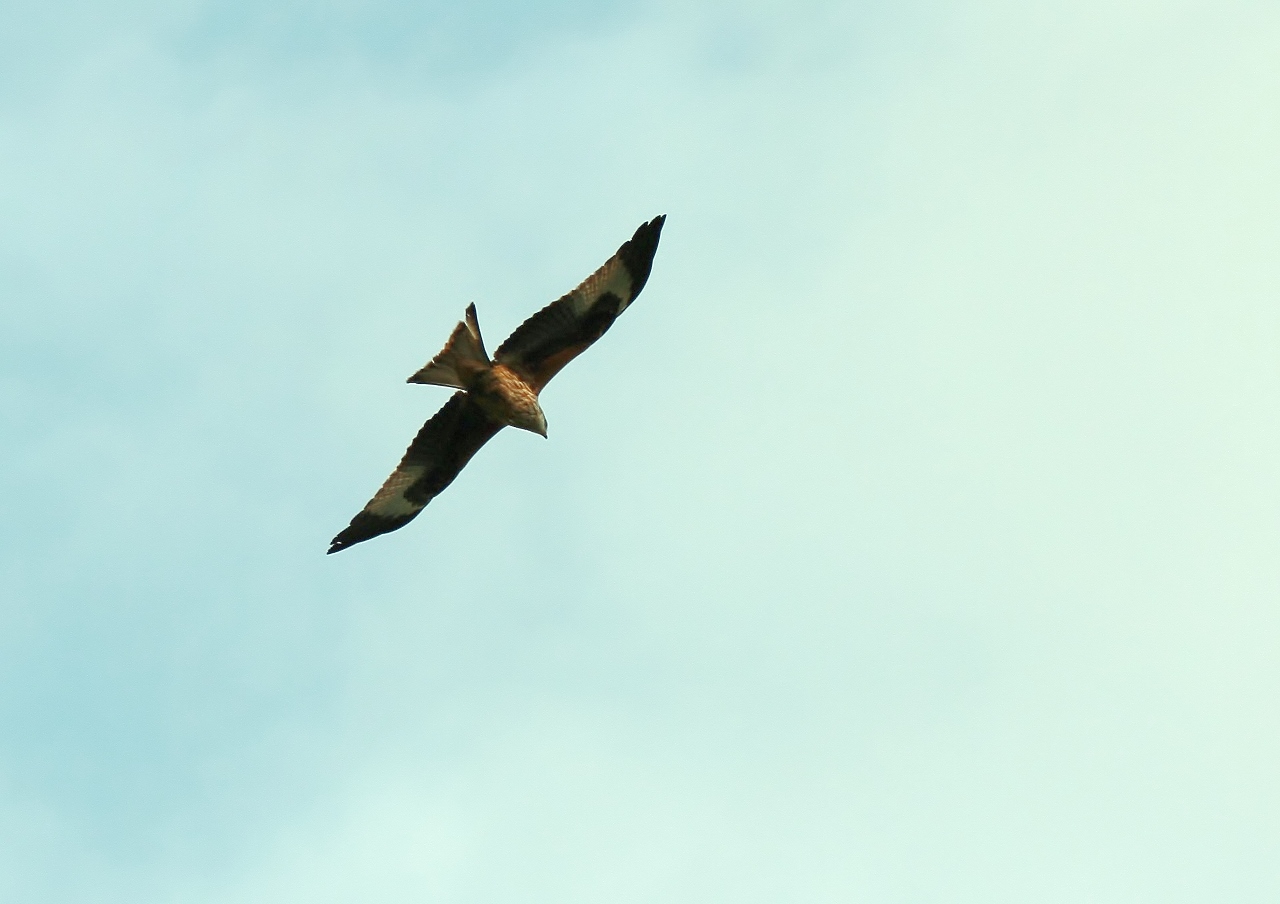






Recent Comments